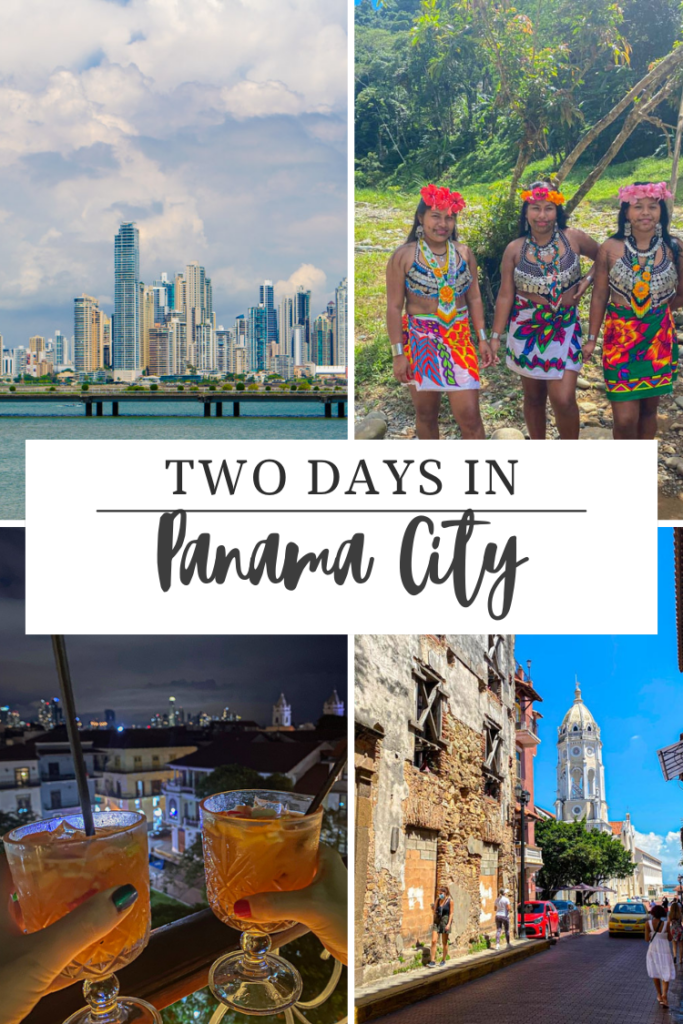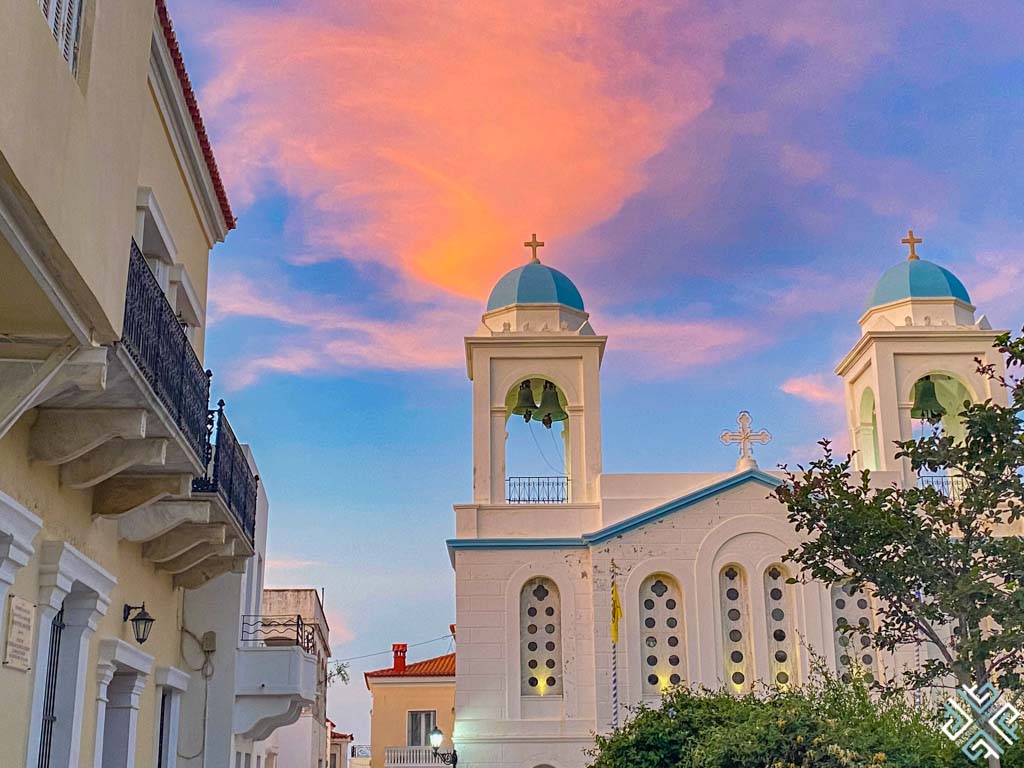A mix of modern and colonial architecture, Panama City is one of the most cosmopolitan cities of Central America. This modern metropolis is actually made of three cities in one: the historic district, the rebuilt district and the modern city centre.
In our guide on how to spend two days in Panama City, we explore each facet of Panama City, discovering its diverse attractions and cultural landmarks. From the cobblestone streets of Casco Viejo to the gleaming skyscrapers of the business district. Prepare to journey through centuries of history and development in one of the world’s most dynamic urban landscapes.
Disclaimer: Passion for Hospitality participates in several affiliate programs. This means that for any purchase you make through one of my links included in this article, I receive a small percentage – which however does not affect the final price for you as a customer. The information you are reading is free for you but it takes a substantial investment for me to visit the destination (sometimes more than once). Thank you in advance for contributing to the growth of this blog.
Two Days in Panama City – Day 1: Wake up in the heart of the Cosmopolitan Panama City
The urban centre of Panama City resembles a mini Manhattan, with an ingressive skyline dotted with high-rising skyscrapers which are used to house offices and hotels.
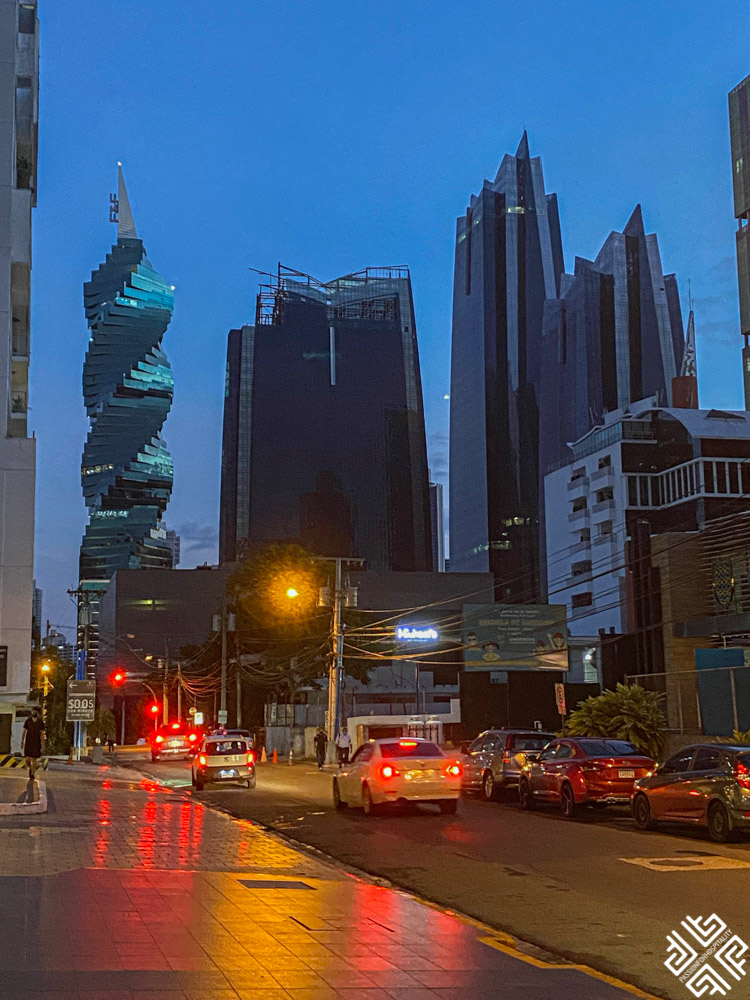
Cross the Bridge of Americas
Spanning the Pacific entrance to the Panama Canal, the Bridge of Americas (originally known as the Thatcher Ferry Bridge) was completed in 1962 and its construction cost totalled to 20 million dollars.
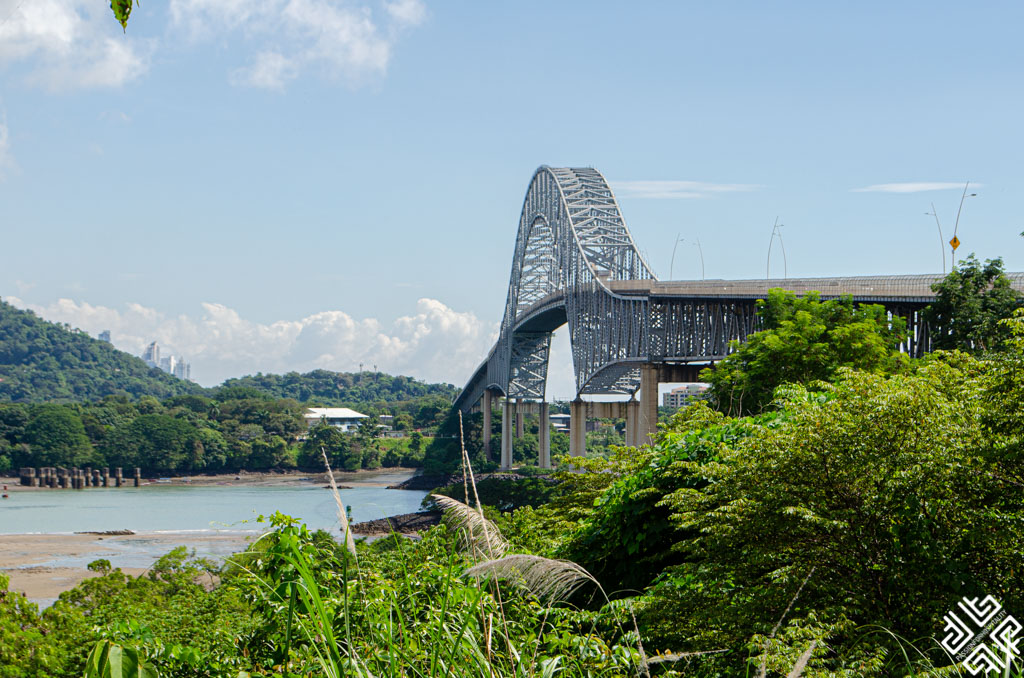
This 1,654 m arch bridge connects both North and South America and serves as an important part of the InterAmerican Highway.
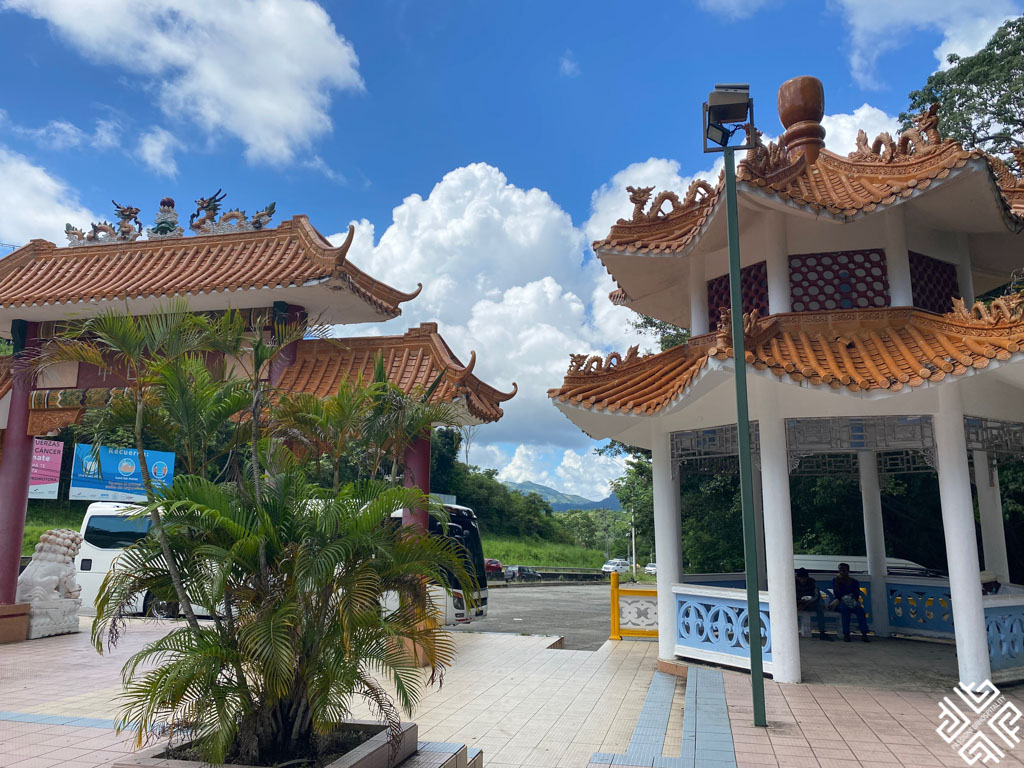
A great view point from which you can admire the Bridge of Americas is near to the western end of the bridge, there is a pagoda with lion statues called the Chinese Monument that was constructed in 2007 to commemorate the 150th anniversary of the Chinese presence in Panama.
Travel along the Amador Causeway to the Causeway Islands
The Amador Causeway is a manmade stretch of road that extends for 6 kilometers into the Pacific Ocean. It was built using the rocks that were extracted during the excavations from the Panama Canal.
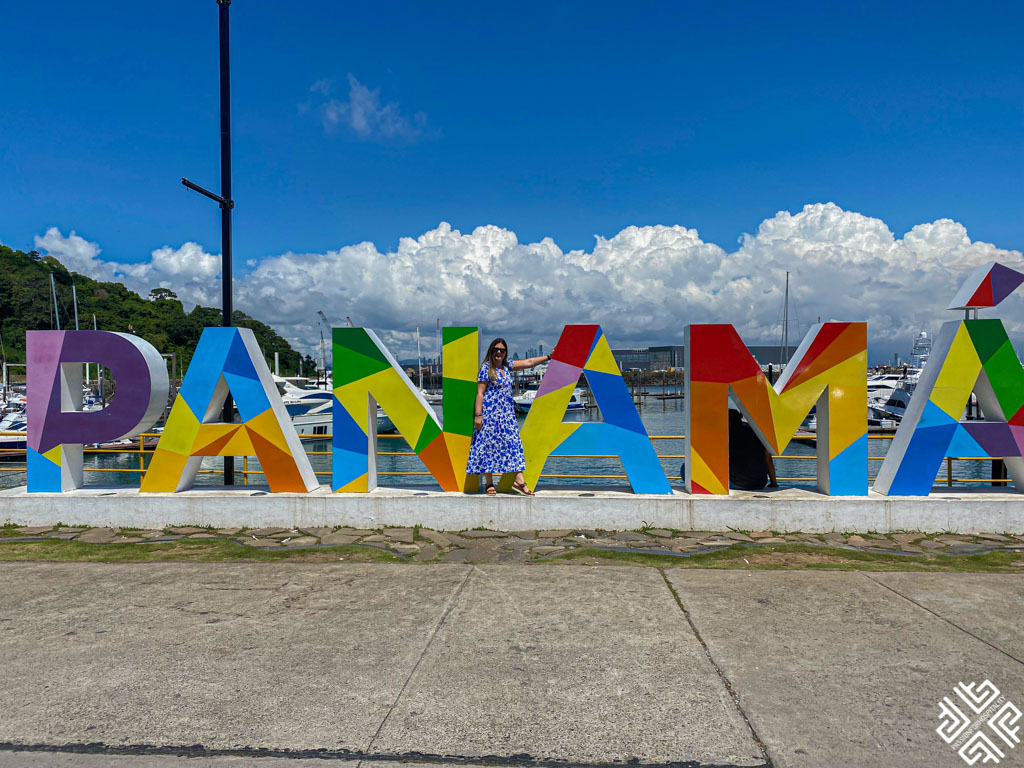
From here you can enjoy excellent views of the Panama City skyline and also catch the ferries to the nearby Pearl Islands and Taboga Island.
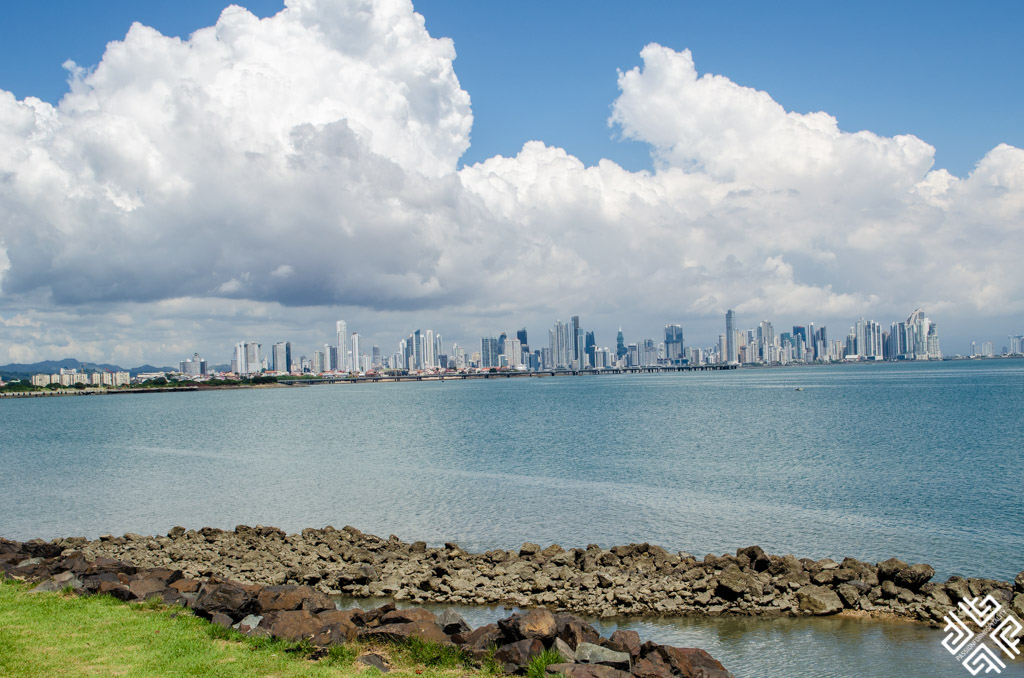
Visit Biomuseo – the world’s first museum dedicated to biodiversity
Located on Amador Causeway the colourful geometric building that houses the Biomuseo is the first museum in the world dedicated solely to biodiversity.
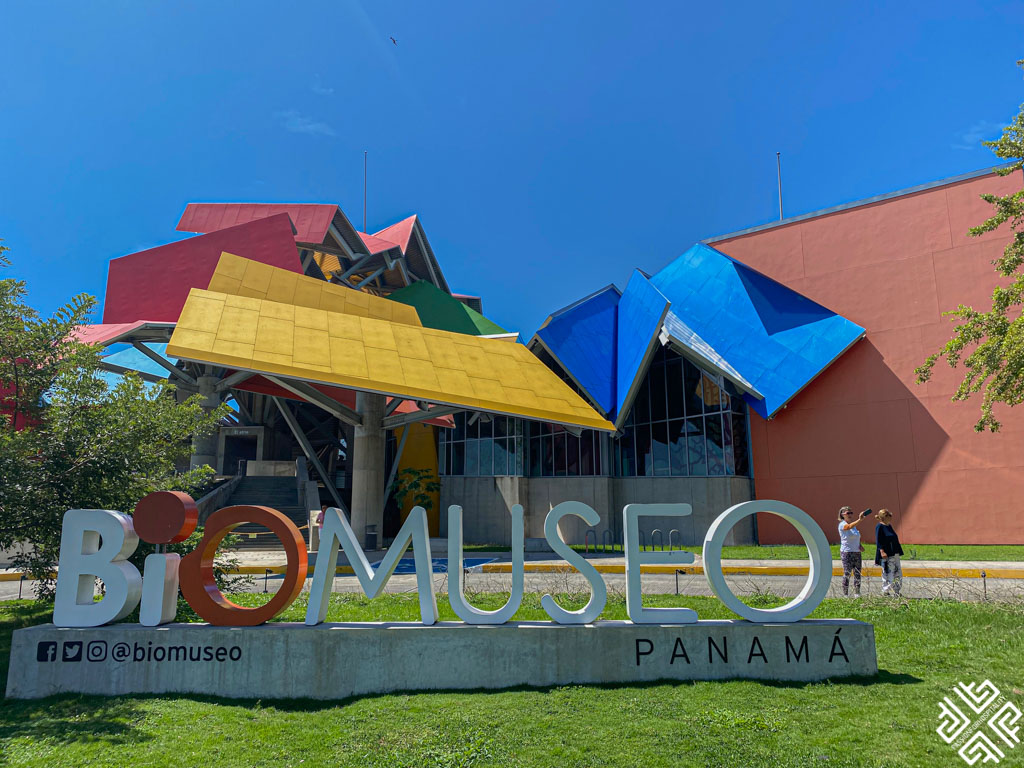
The unique building was designed by architect Frank Gehry, who is renowned for his iconic Guggenheim Museum in Bilbao, Spain, and the Louis Vuitton Foundation in Paris. The museum features eight galleries dedicated to showcasing Panama’s ecosystems.
Discover the Casco Viejo
The heart and soul of Panama City is the buzzing Casco Viejo, the historic district or the “old quarter” – which is declared as a UNESCO Cultural World Heritage site since 1997.
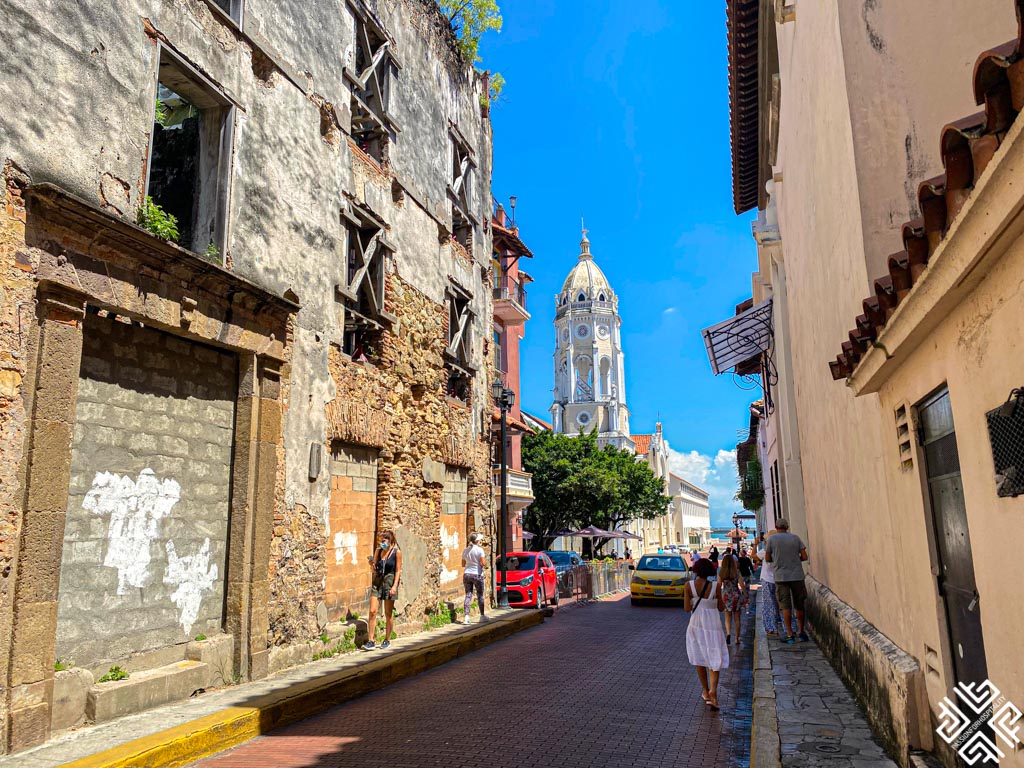
The district dates back to 1673, featuring vibrant plazas and picturesque brick-paved streets lined by colourful buildings. It was built on the site of the original settlement, Panamá Viejo, which was destroyed upon the arrival of the British pirate Henry Morgan in 1671. Over the course of three weeks, the pirates destroyed anything and everything they set their eyes on – today visitors can still admire the few remaining ruins from the Panamá Viejo.
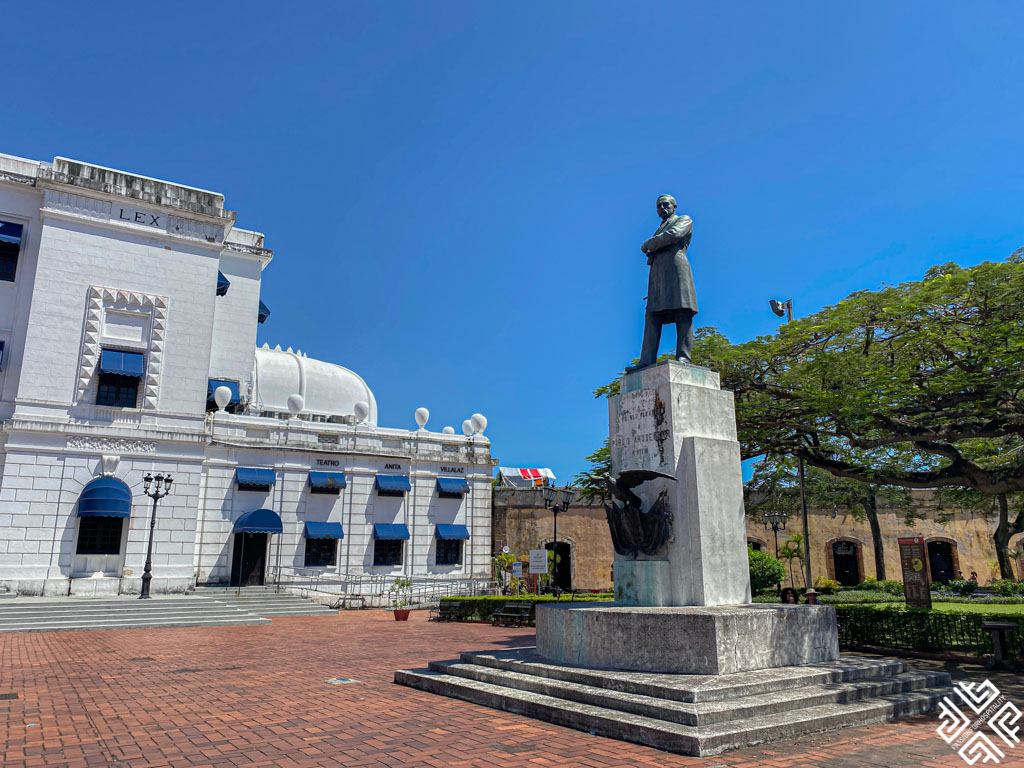
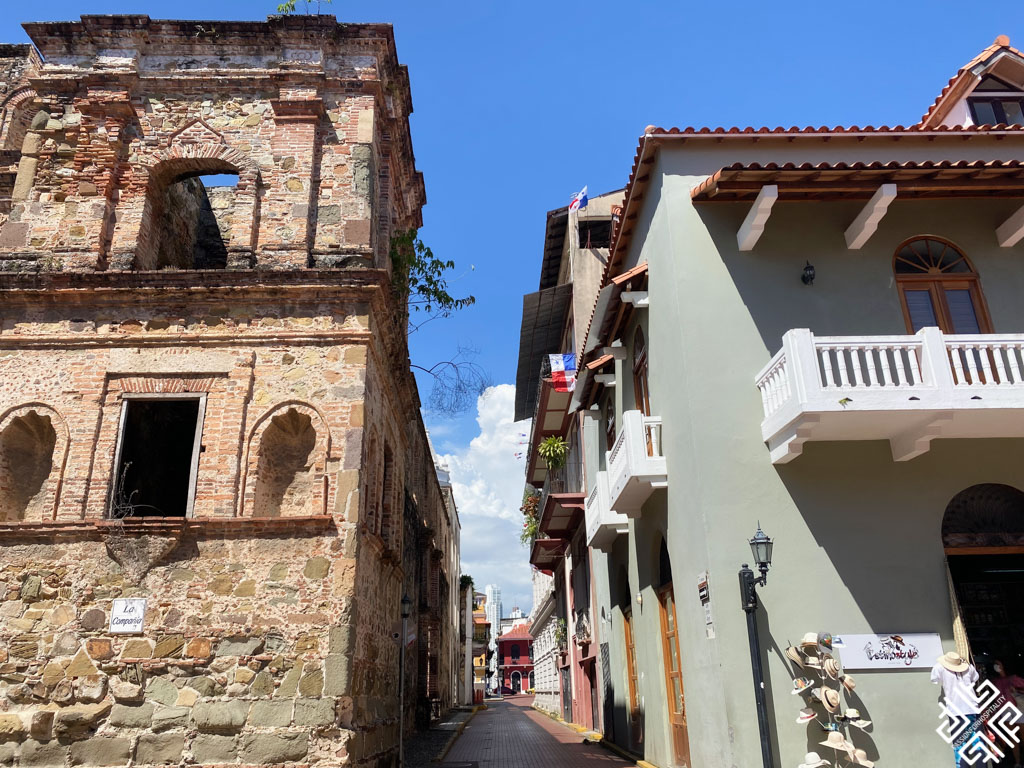
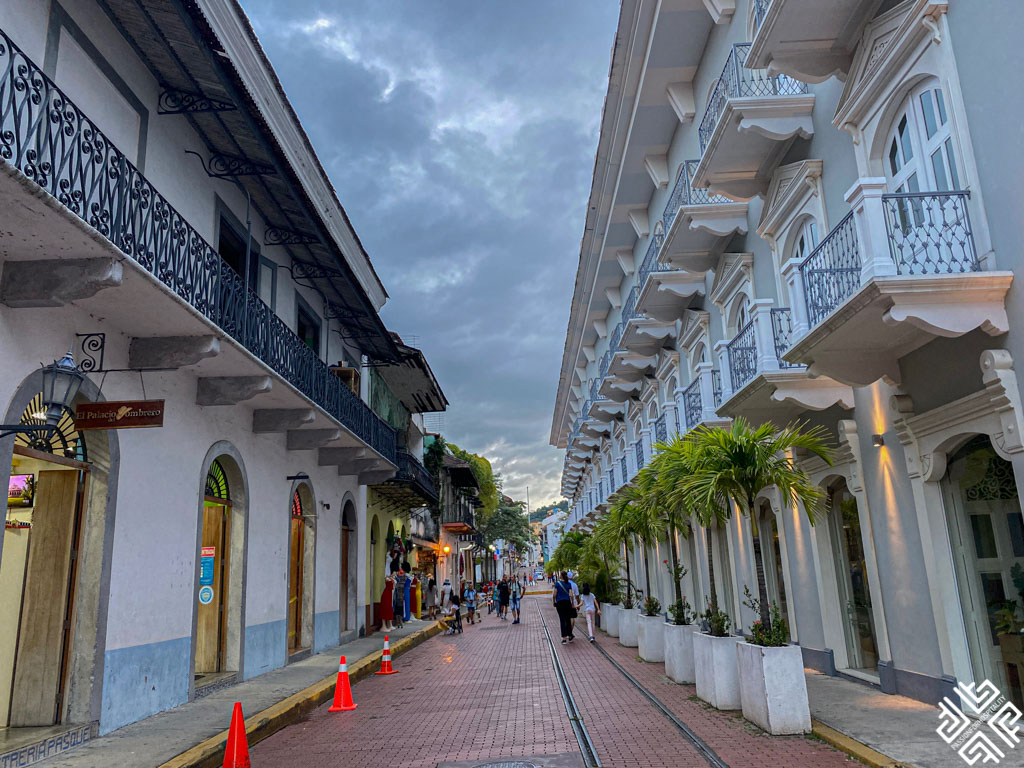
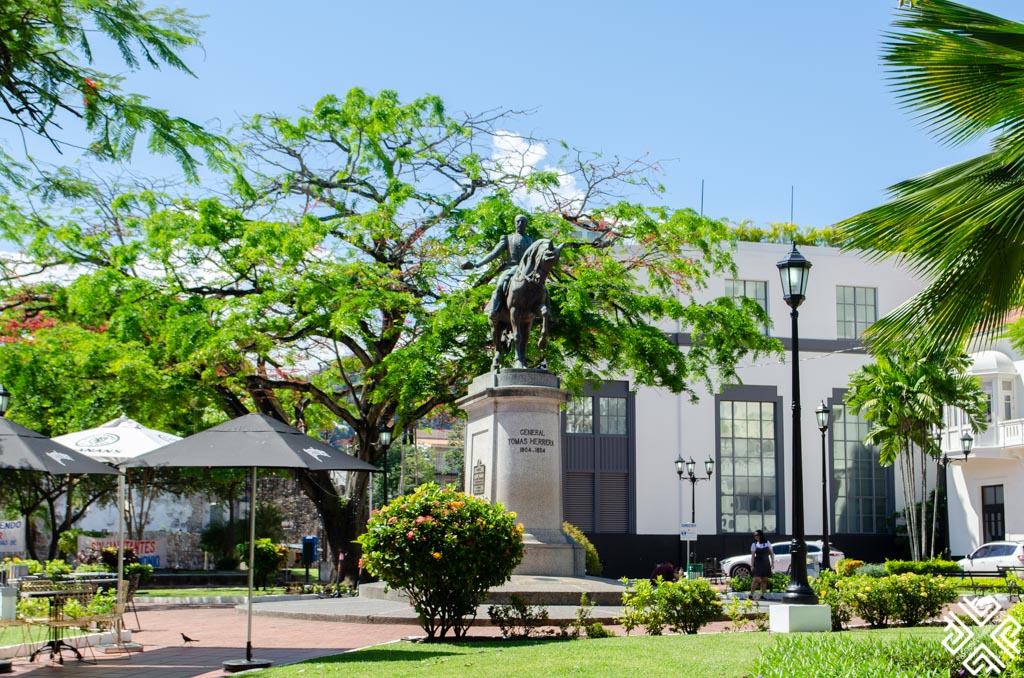
Also check out these recommended tour:
Panama City: Half Day City and Panama Canal Tour
Panama City: Small-Group Miraflores Locks and City Tour
From Panama City: Monkey Islands Tour on Gatun Lake
Catedral Basilica Santa Maria La Antigua
Also known as the Sacred Heart Cathedral, this imposing cathedral is characterized by two white towers, plated in mother pearl and the seven limestone steps, representing the seven deadly sins which lead up to its main entrance. The church’s construction began in 1688 and it was only completed in 1796.
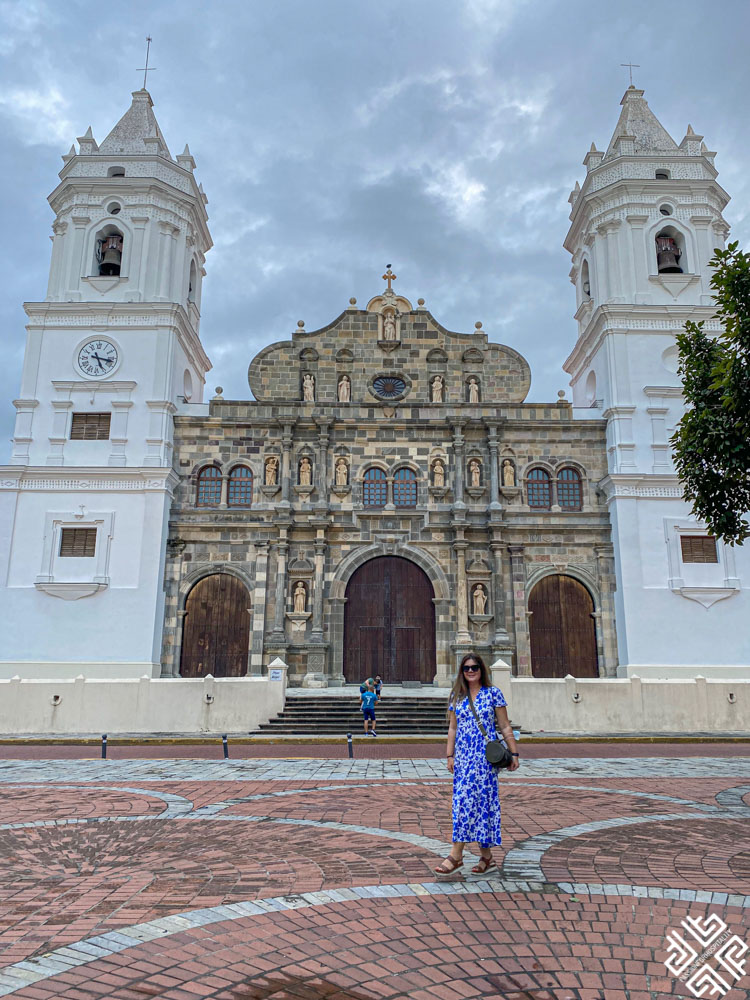
In 1941 it was declared a Historical National Monument, and is now a World Heritage Site. The cathedral was inaugurated by Pope Francis in 2019, following the completion of its restoration.
Iglesia de San Francisco de Asis

Set across from the charming Plaza Bolivar this impressive church was initially built in the 18th century. After being repeatedly destroyed by fires it was last rebuilt in 1998. It is charcterized by its eight hardwood baroque style altars designed by indigenous artisans. The church’s main altar is the fine example of colonial art.
Plaza Bolivar and Teatro Nacional
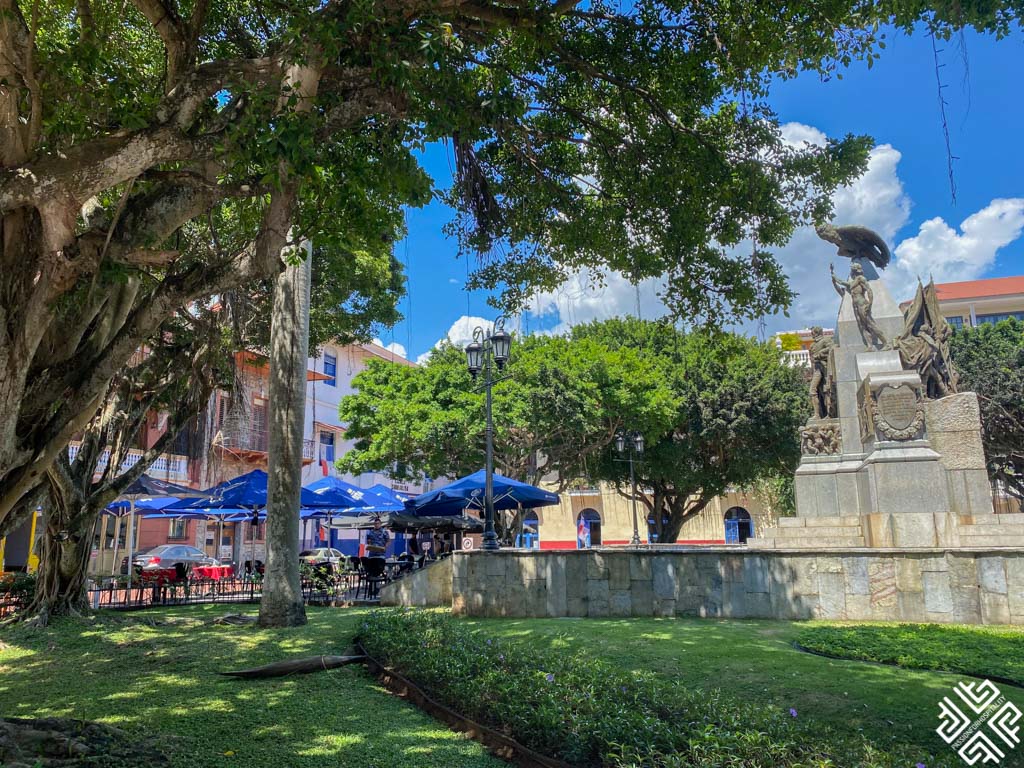
The central Plaza Bolivar is located right in the heart of the vibrant Casco Antiguo (Casco Viejo). Across from it lies the Teatro Nacional, with its stunning ceiling frescoes painted by the famous Panamian Robert Lewis. The theatre was originally designed by an Italian architect, Genaro Ruggieri in the style of an Italian operetta theatre and first opened in 1908.
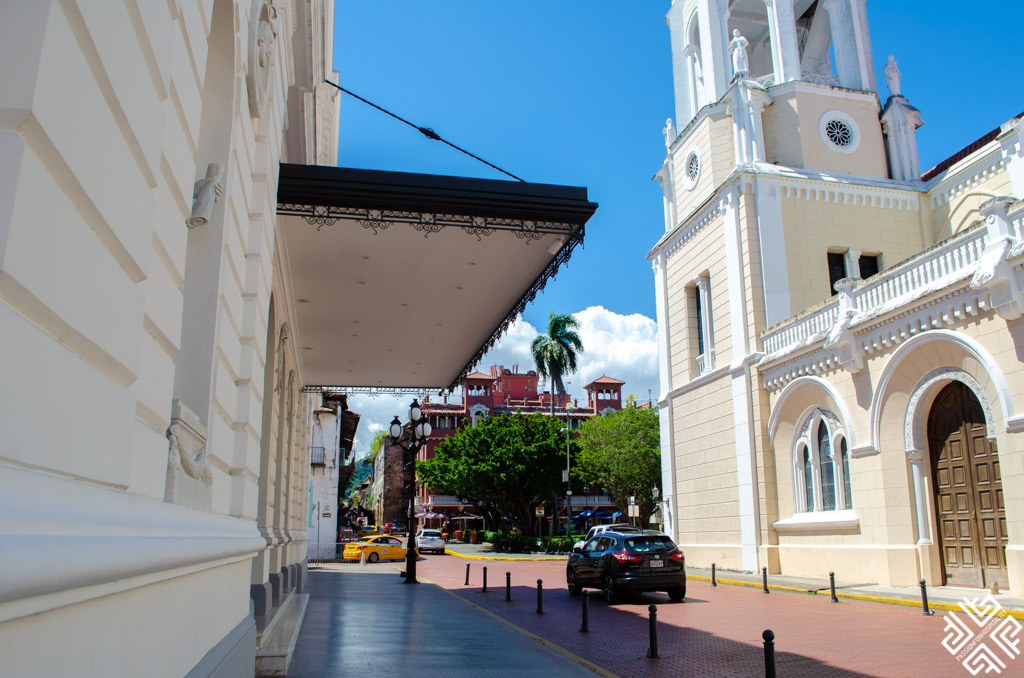
Palacio de las Garzas
The official residence of the President of Panama is also known as the Heron’s Palace – named after the herons that roam freely in its courtyard which were first brought here in 1922, by the former president Belisario Porras Barahona.
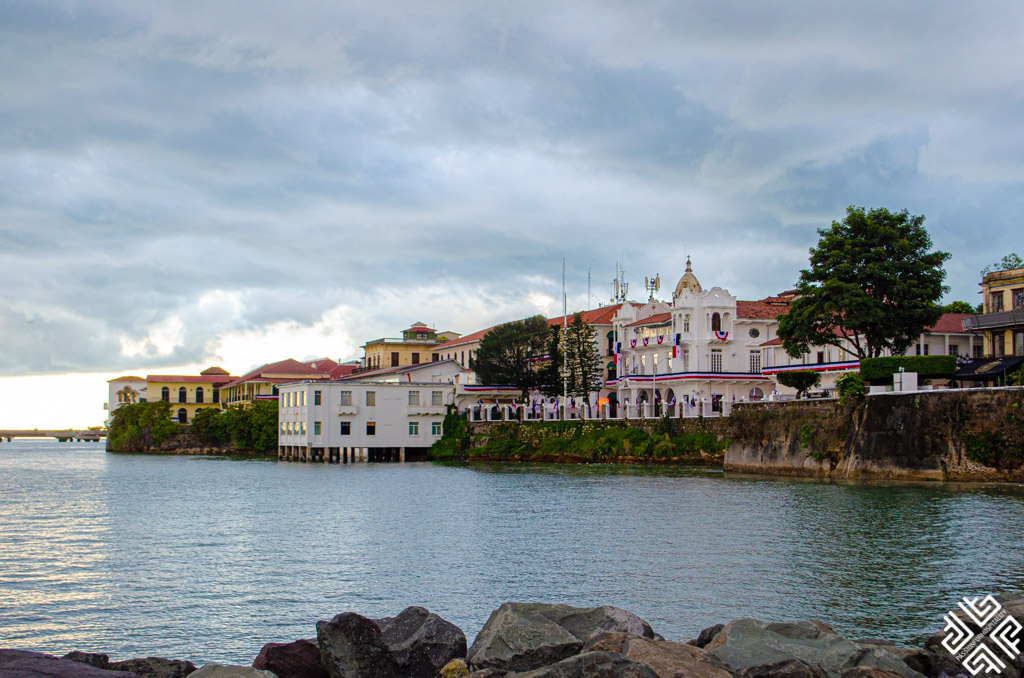
Paseo Esteban Huertas
This lively promenade stretches around the eastern part of Casco Viejo and is the perfect spot to catch the views of the Bay of Panama, the Amador Causeway, the Bridge of Americas as well as the ships that are waiting to enter the canal. The passage is covered with a beautiful bougainvillea canopy and is lines with local ladies selling their craft.
Plaza de Francia
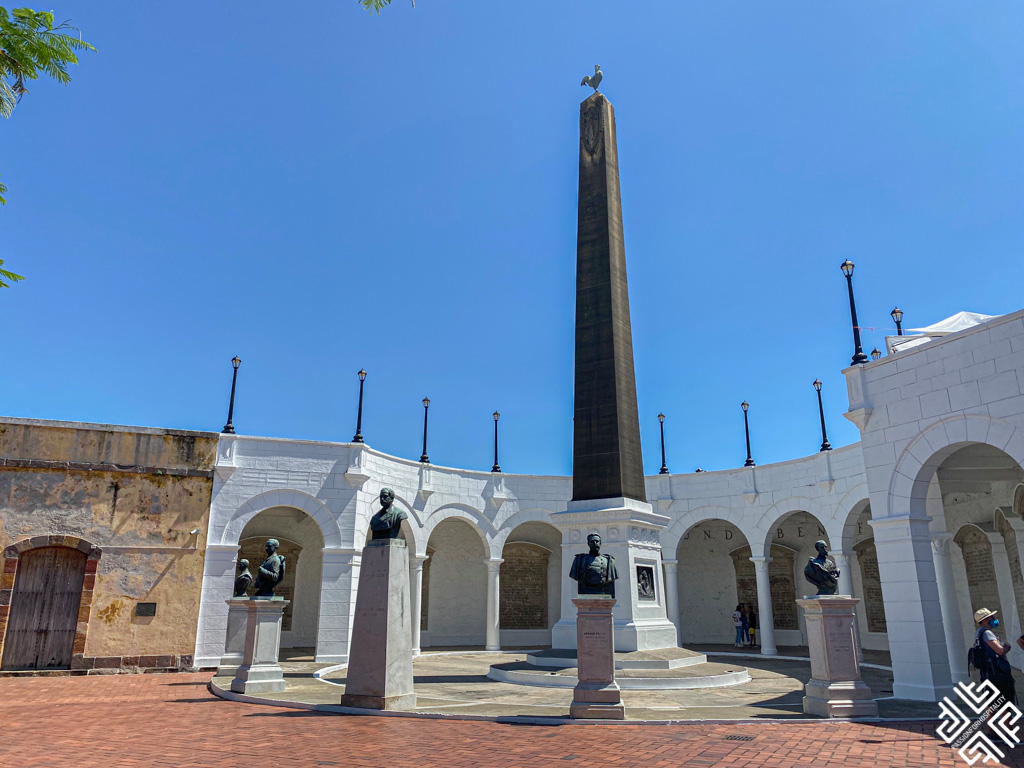
Just after Paseo Esteban Huertas you will reach the beautiful Plaza de Francia set amidst a well-manicured square which is dedicated to the memory of 22,000 French workers who died here during the construction on the canal. The circular plaza is lined with statues and stone tablets.
Visit the Panama Canal
The world’s most important waterway, the Panama Canal was completed in 1914. This manmade waterway connects the Atlantic and the Pacific Oceans. It is one of the top attractions in Panama City and one of the 7 Wonders of the Modern World. It brings the United States closer to both Europe and Asia.
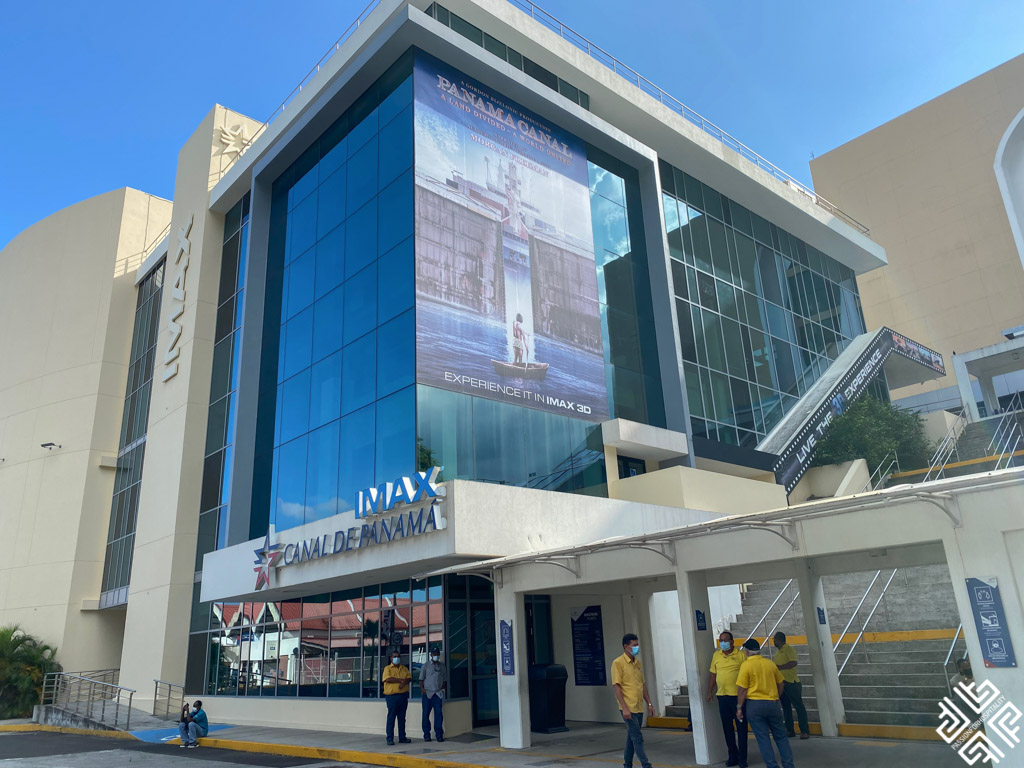
Every year around 14,600 pass through this narrow and short canal. The world’s largest artificial lake, the Gatun Lake was created to function as a water reservoir system, 26 m above sea level. It works in conjunction of a series of canal locks in order to lower and raise ships as needed.
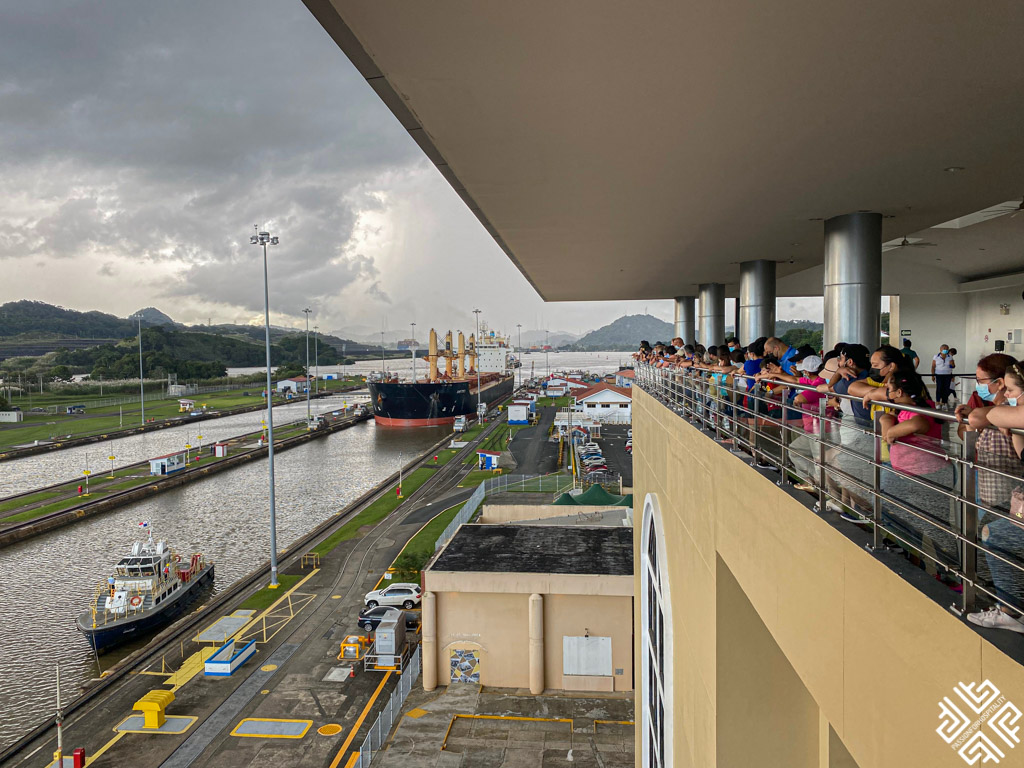
How does the canal work? As the cargo ship approached the canal several tugboats attach a towline to the cargo ship and move them into alignment with the canal locks’ narrow entrance.
Once the cargo ship is in the canal the back door closes and the front one opens, displacing water at a steady pace so that it can enter the next lock until entering the Gatun Lake.
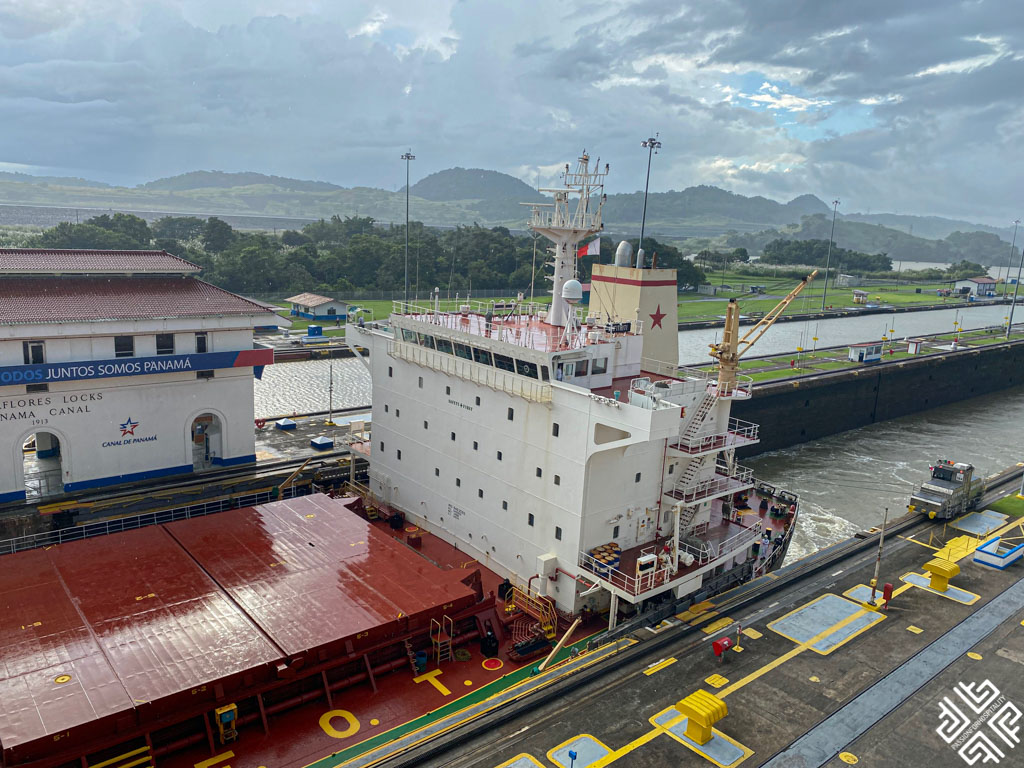
The average time it takes for the ship to pass through the canal is approximately 11 hours with most of the time spent waiting for other ships to pass.
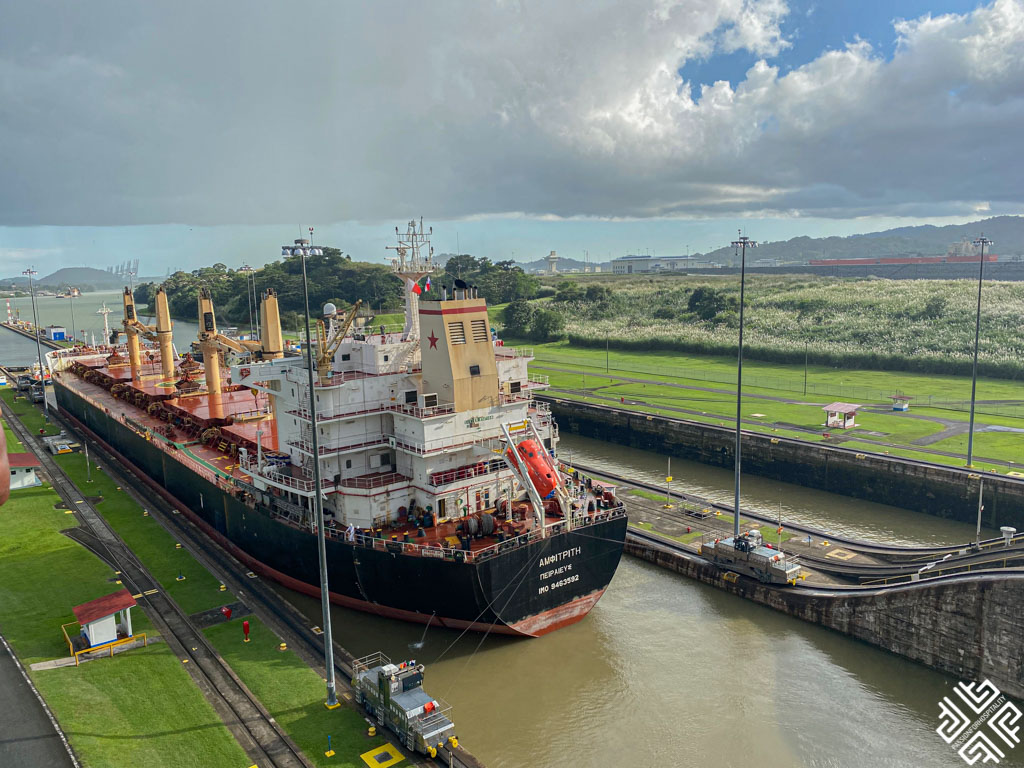
Two Days in Panama City – Day 2: Visit the indigenous community of the Embera tribe
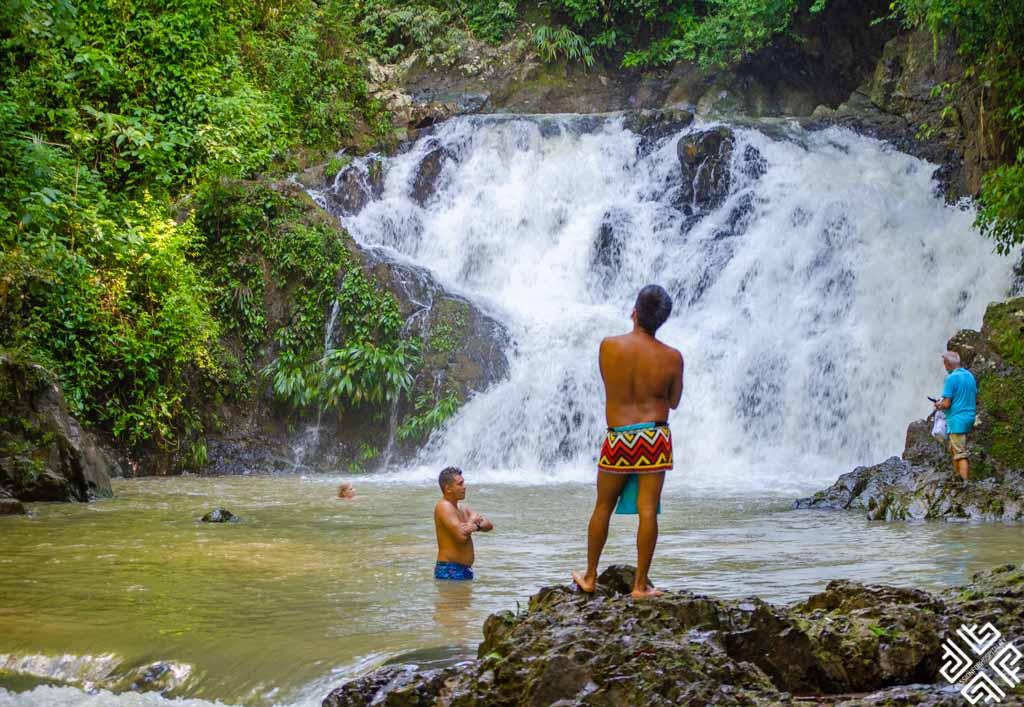
Panama is home to approximately 33,000 people who belong to the Embera, the indigenous tribes native to Panama. These tribes have historically lived in the rainforest and rivers are an integral part of their lifestyle as this is their main source of food. On our second day in Panama City we visited the indigenous traditional village of the Embera tribe, in the depths of the rain forest of Panama about an hours drive from the city. To get into the rain forest we were transported on these small traditional dug-out canoe zipping through magical scenery.
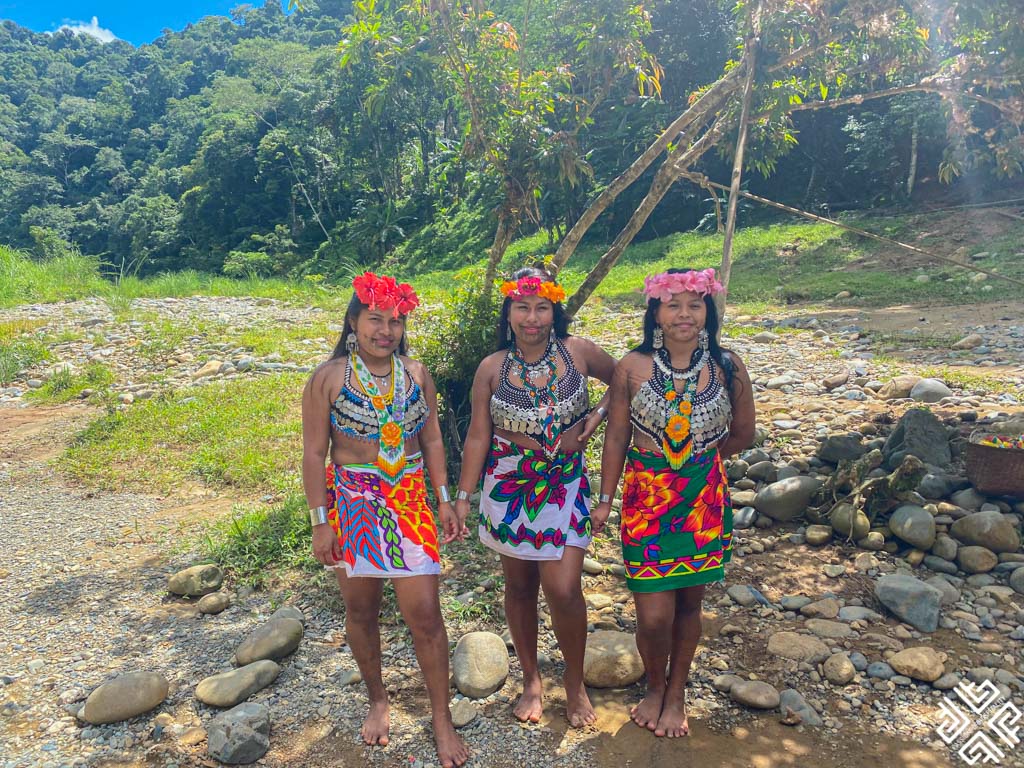
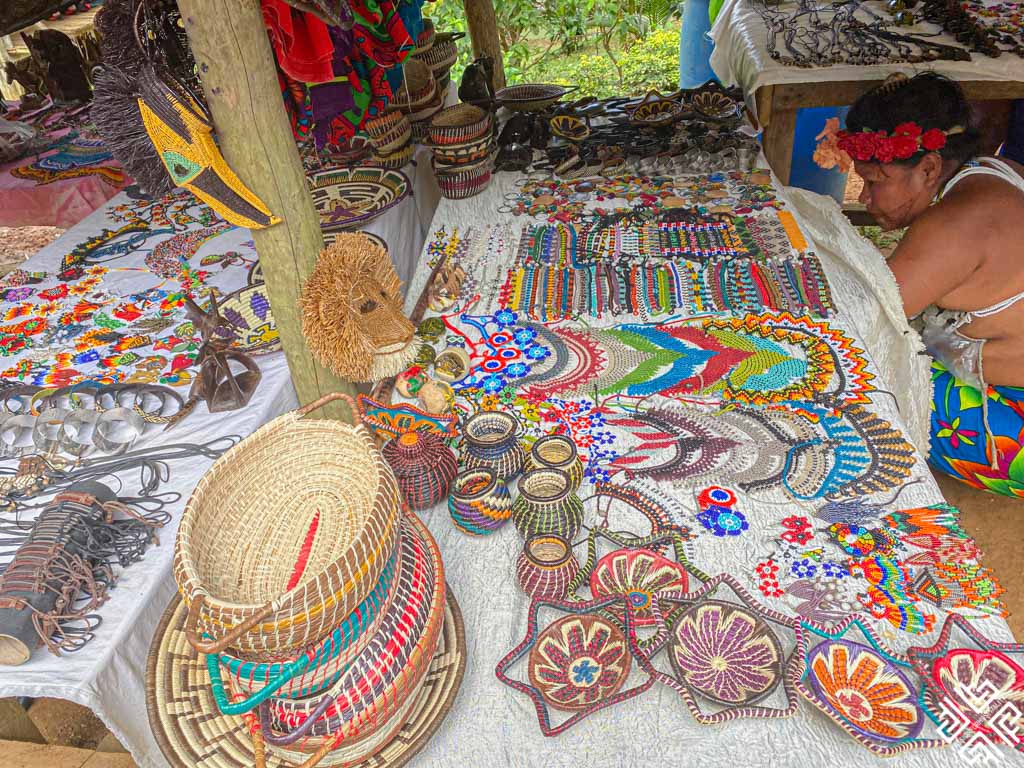
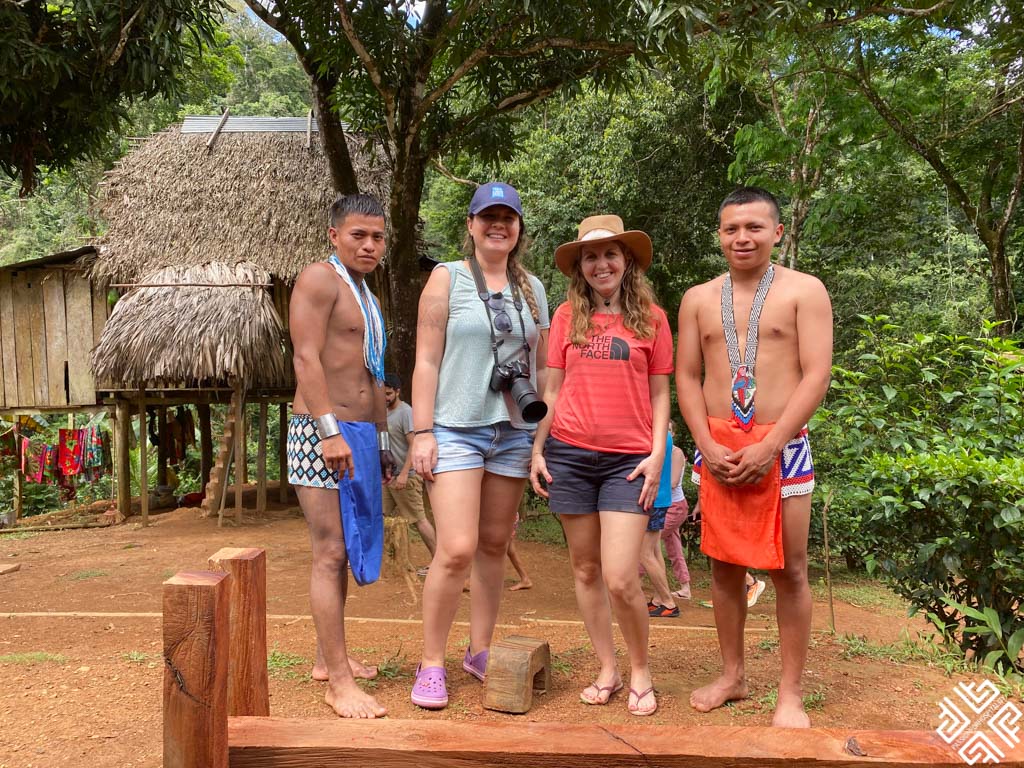
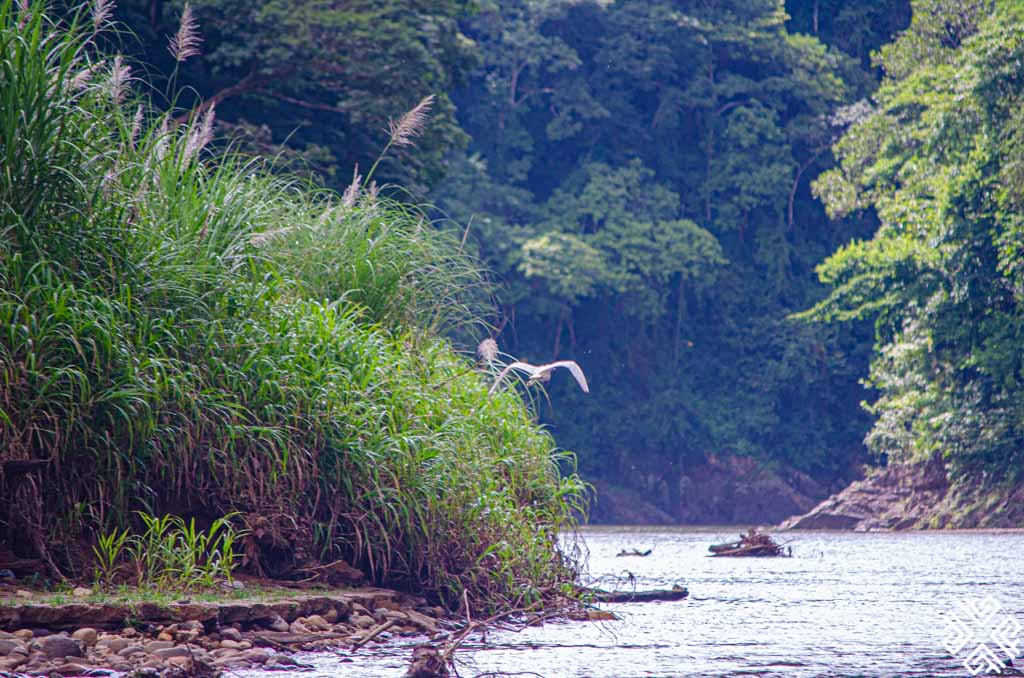
Learning all about the culture of this indigenous tribe was absolutely fascinating. The community that we visited is a rather new community that was formed by several families who wanted to protect and maintain the authenticity of their traditions. Truth be told over-tourism left a mark and the western influences started to affect the younger generations who were temped to buy TVs and try modern day facilities. This place allows you to connect with nature and its people in a truly remarkable way.
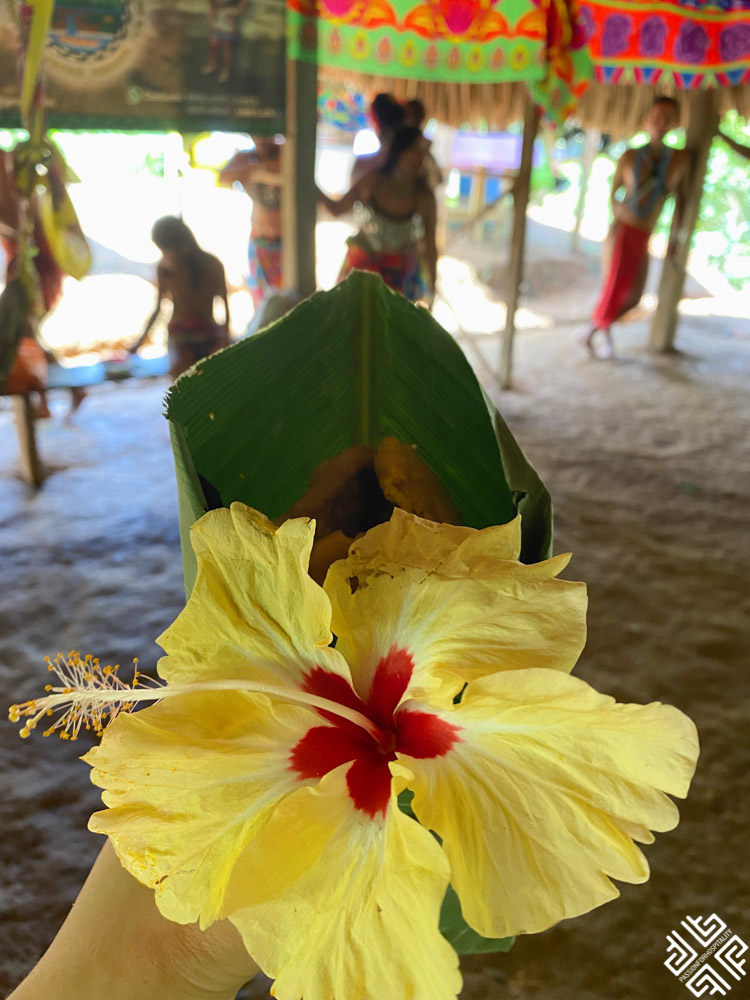
The Embera women craft baskets and carved statues which are beautiful gifts to take back home with you. For lunch we were served with fish and plantain and enjoyed the traditional Embera dance and music. If you want to fully blend in try the traditional Jagua body painting.
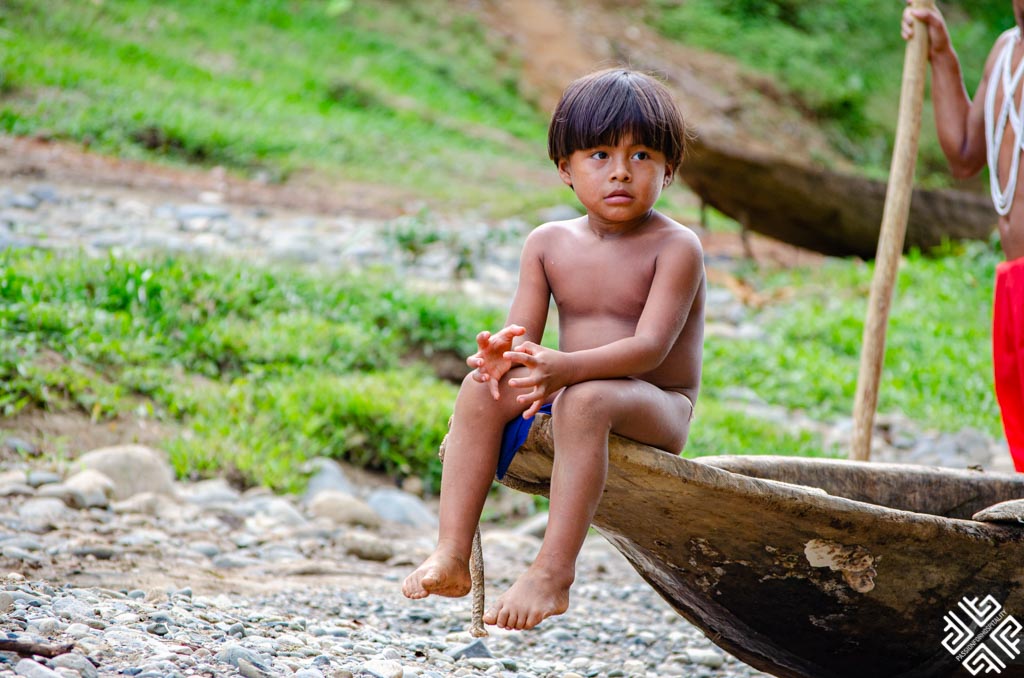
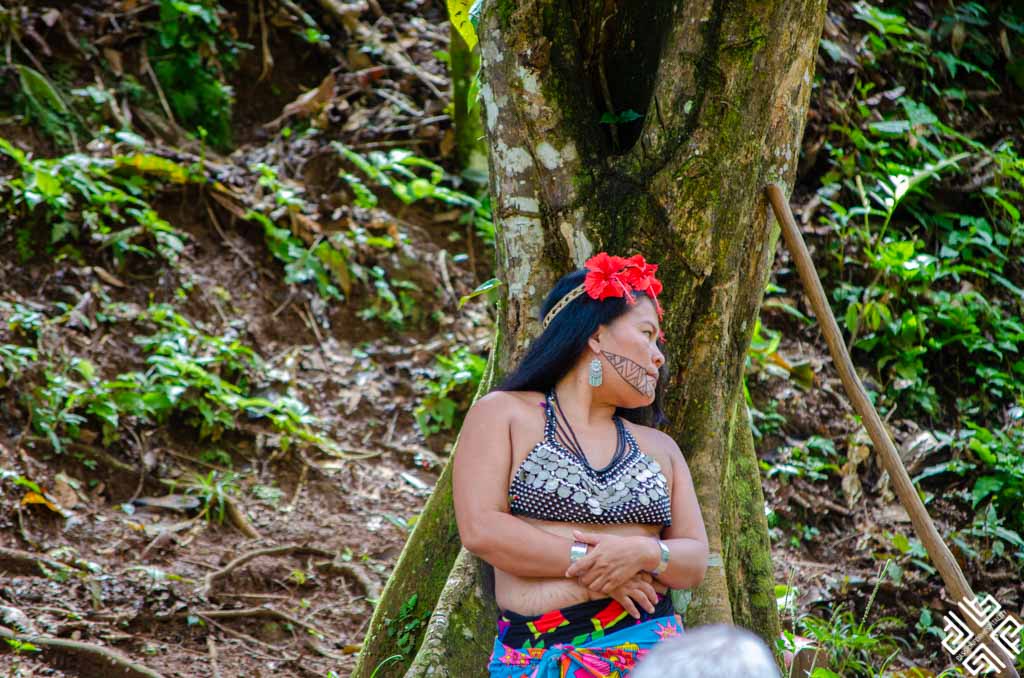
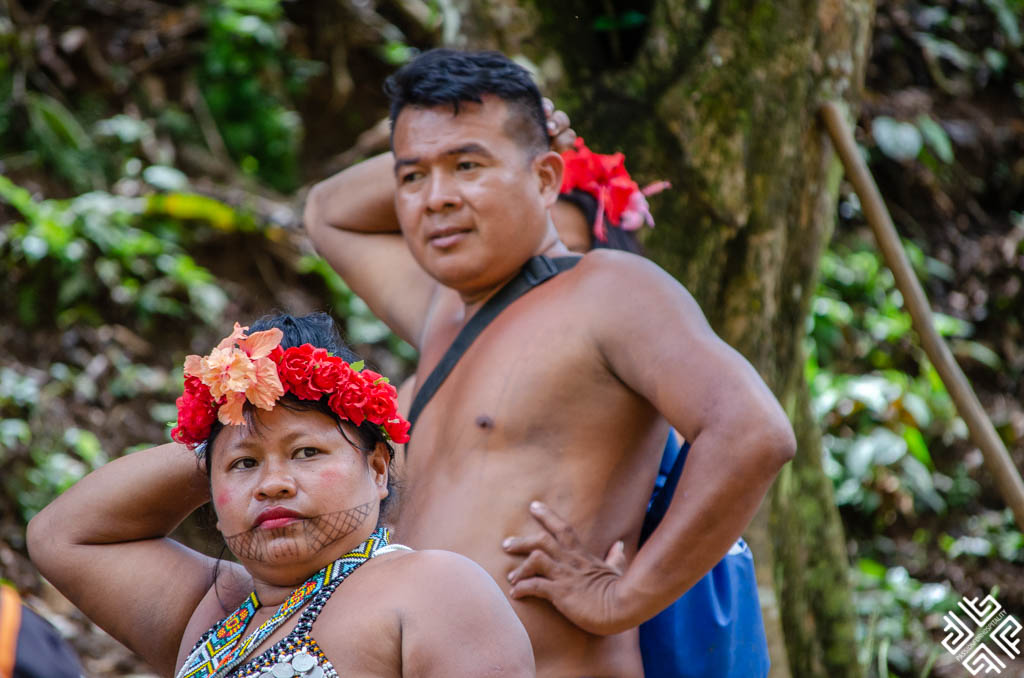
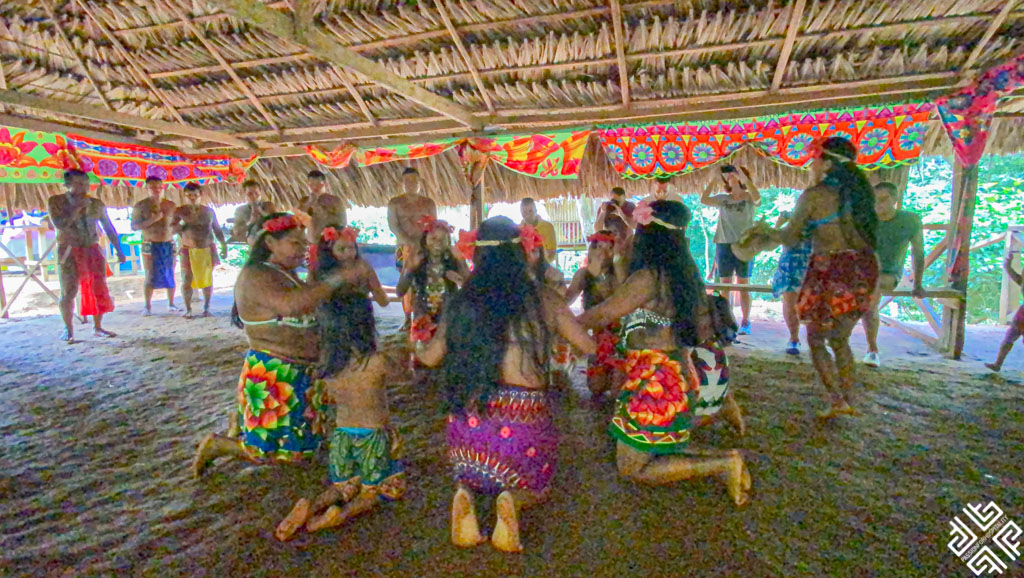
Book your Embera trip here:
Enjoy a delicious seafood meal at Mercado de Mariscos
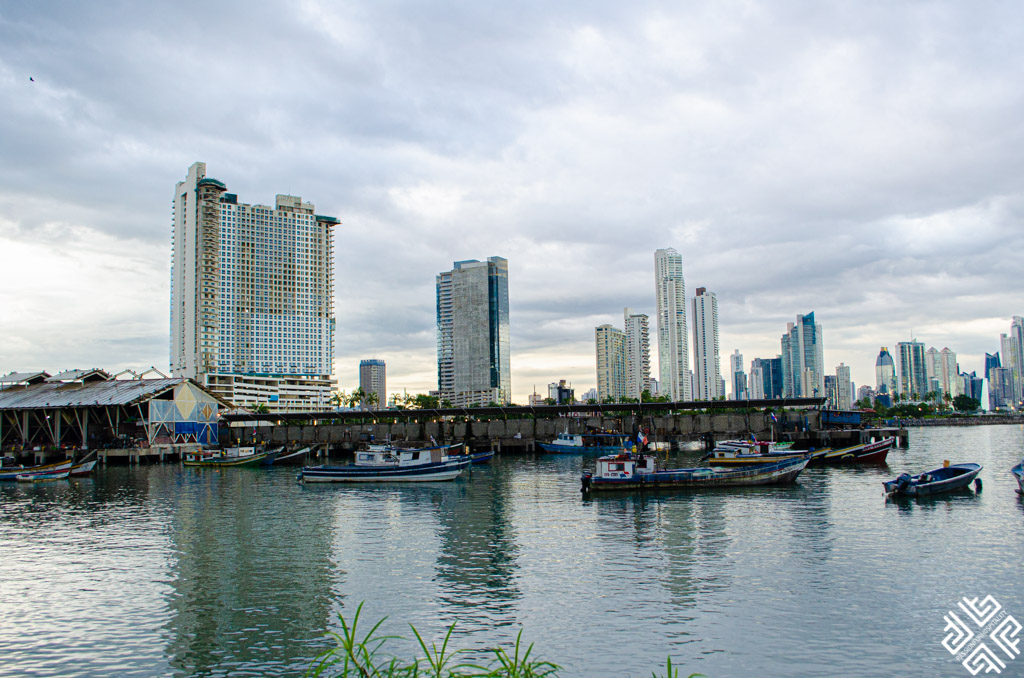
Panamanian cuisine is a delightful blend of Panama’s African, Spanish and Native influences. Panama is quite famous for its ceviche and if you are a seafood lover, you simply must not miss visiting the Mercado de Mariscos. This local seafood market is lined with several stalls serving the freshest seafood in town.
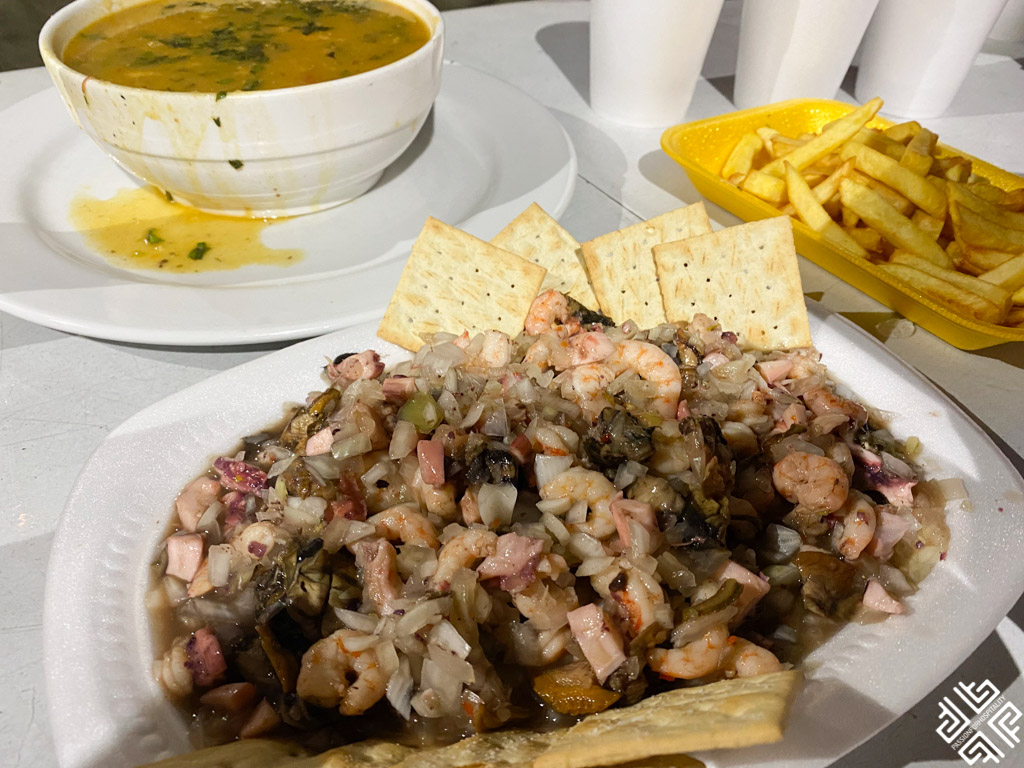
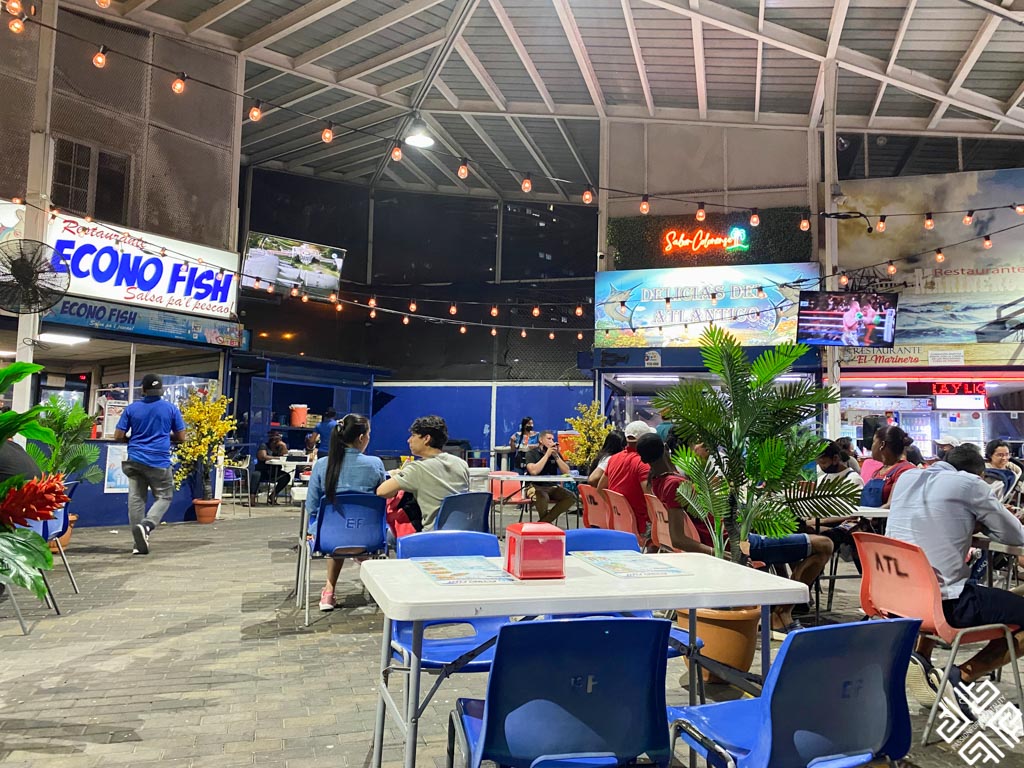
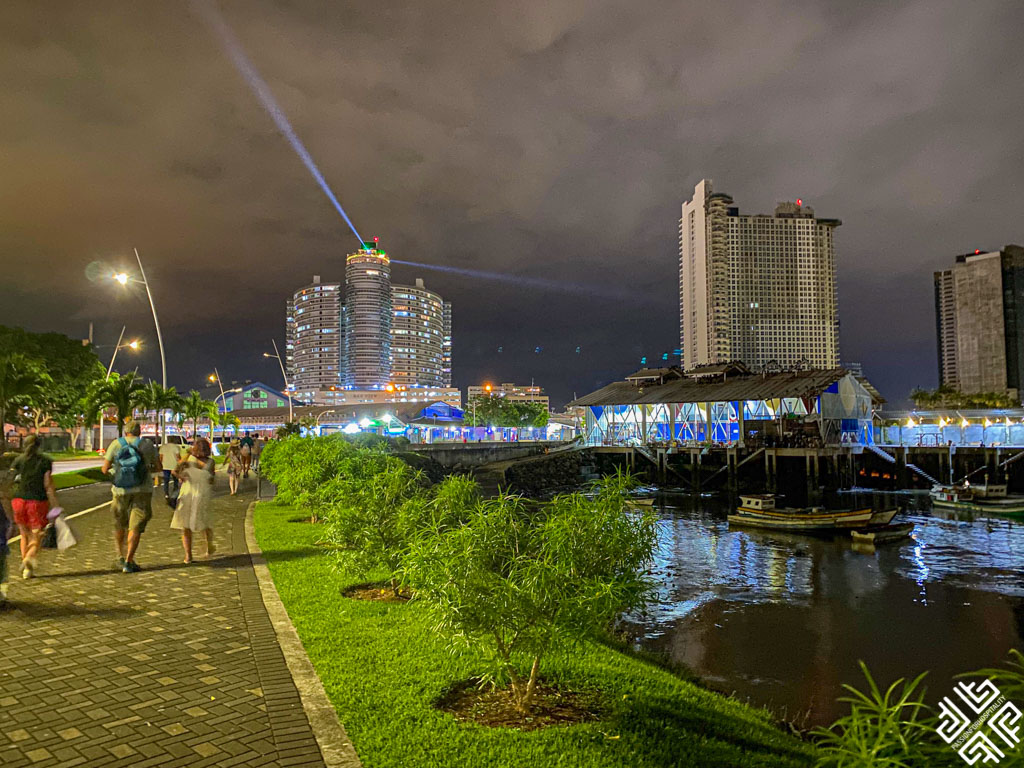
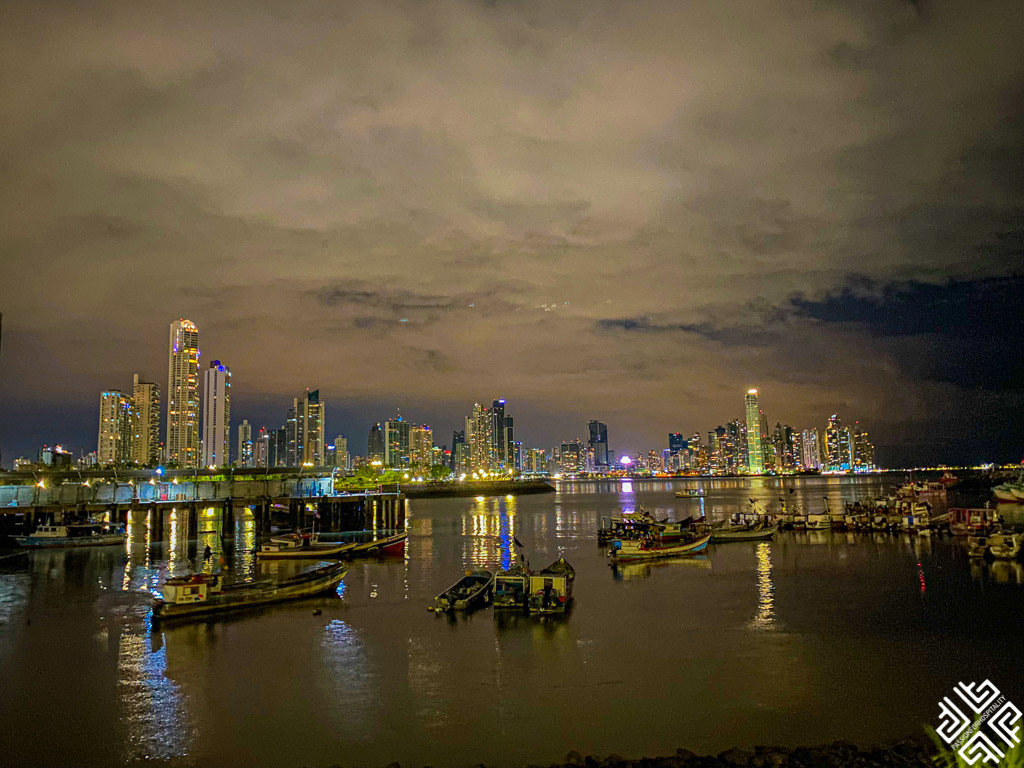
Don’t expect anything fancy, just plastic outdoor tables and chairs, where you can sit down and enjoy an authentic seafood meal. The ceviche is cooked in citrusy juices and is usually made of ceviche fish or octopus. You can order French fries on the side. If you are a fan of soups, then a thick fresh fish soup should definitely be on your order.
Shop for original Panama hat
Although known as the Panama hat, these lightweight and breathable accessories are in fact native to Ecuador. These hats were also known as a jipijapa hat, or a toquilla straw hat. The best quality hats are known as Montecristis, named after the town of Montecristi, Ecuador, where they are produced. The quality is defined by the tightness of the weave. It can take up to eight months to weave a single hat, as such the prices of these vary depending on the handcrafting techniques.
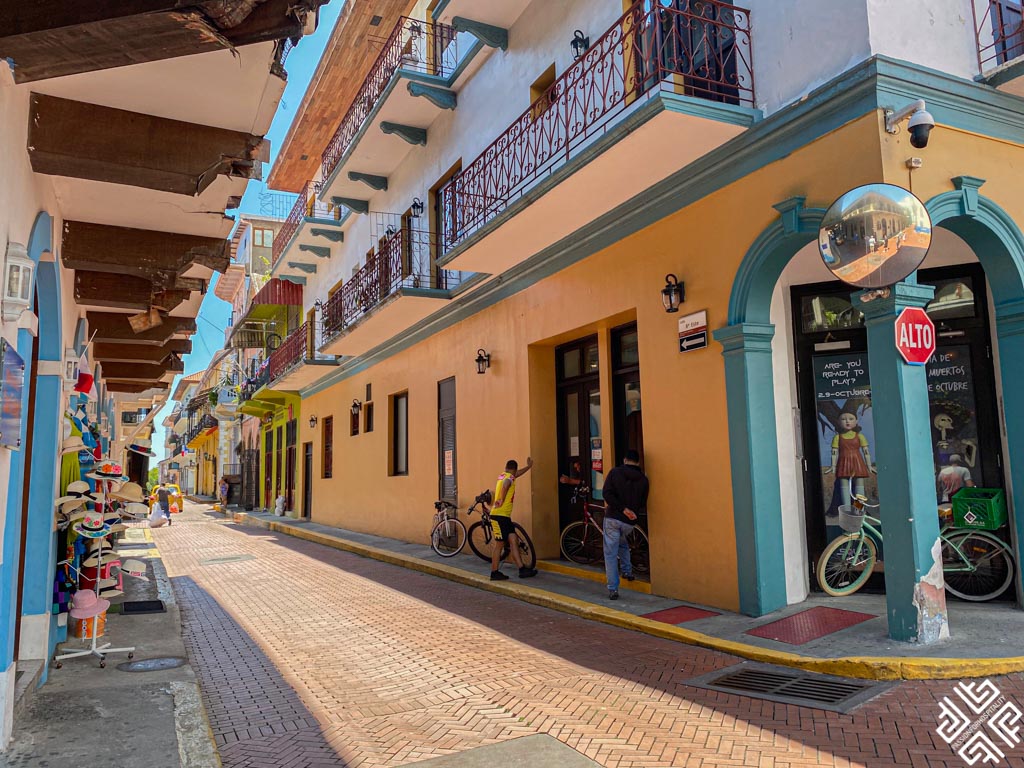
Traditionally the hats were made of a palm-like plant known as the Carludovica palmata. The hat weaving industry began in the early 1600s and steadily grew from the 17th and 18th centuries. These straw hats woven in Ecuador were first shipped to the Isthmus of Panama before being directed to their next points of sale in Asia, Americas and Europe – as such they acquired the name Panama hats.
On his visit the construction site of the Panama Canal in 1906, U.S. President Theodore Roosevelt was photographed wearing the Panama hat which further increased its popularity.
Enjoy Panama’s nightlife at a rooftop bar
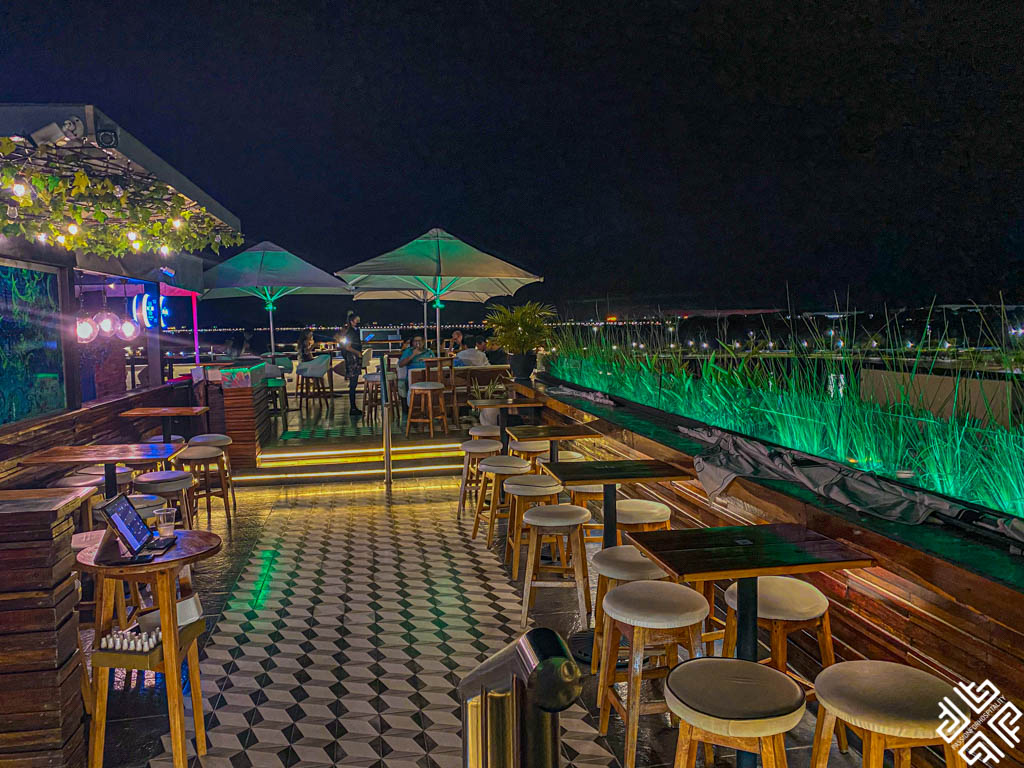
Panama is well known for its vibrant nightlife which can be enjoyed in two parts of the city, the Business District Downtown and in the heart of Casco Antiguo.
| Tip
If you are a night-lover, then I recommend you to take this Panama City Night Tour and enjoy the vibrant nightlife of Panama City.
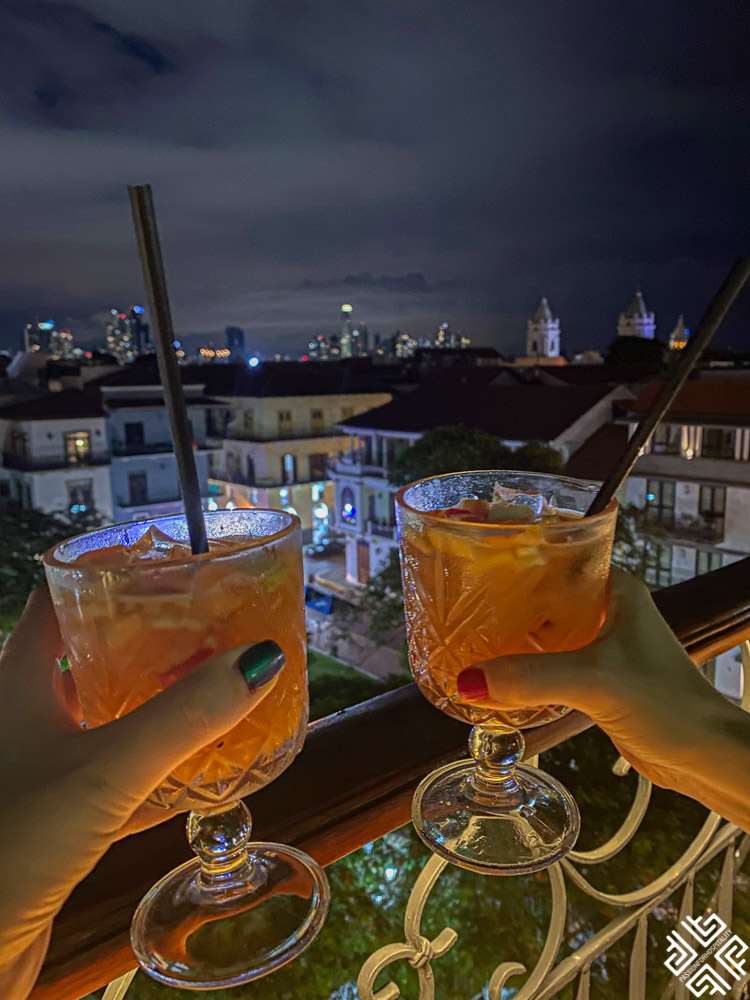
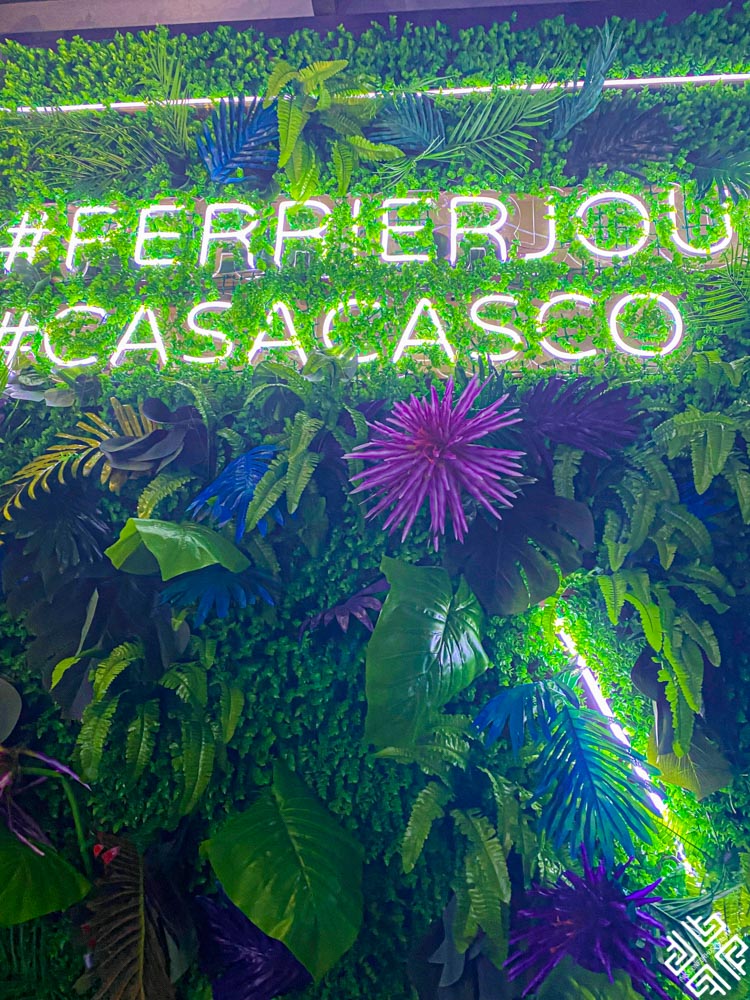
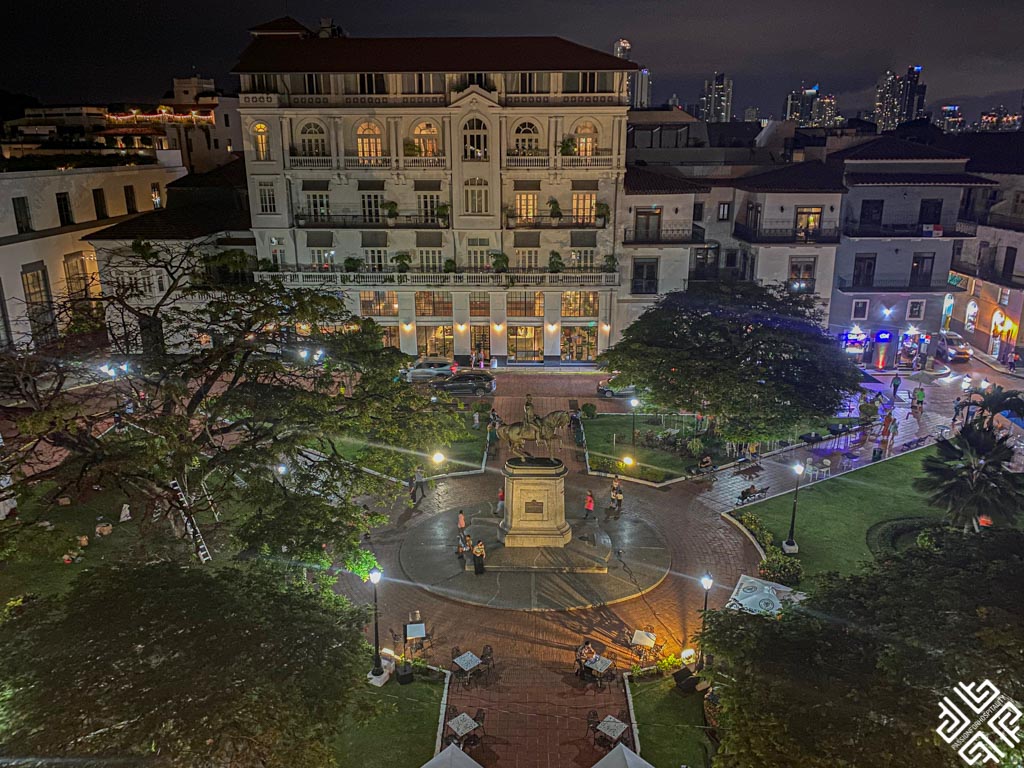
The old district is filled with popular rooftop bars offering stunning views of the city. Check out Casa Casco set above Plaza Herrera offering sweeping city views, delightful cocktails and a food menu. Another great option is Lazotea Rooftop bar offering a fantastic view of the punching skyscrapers.
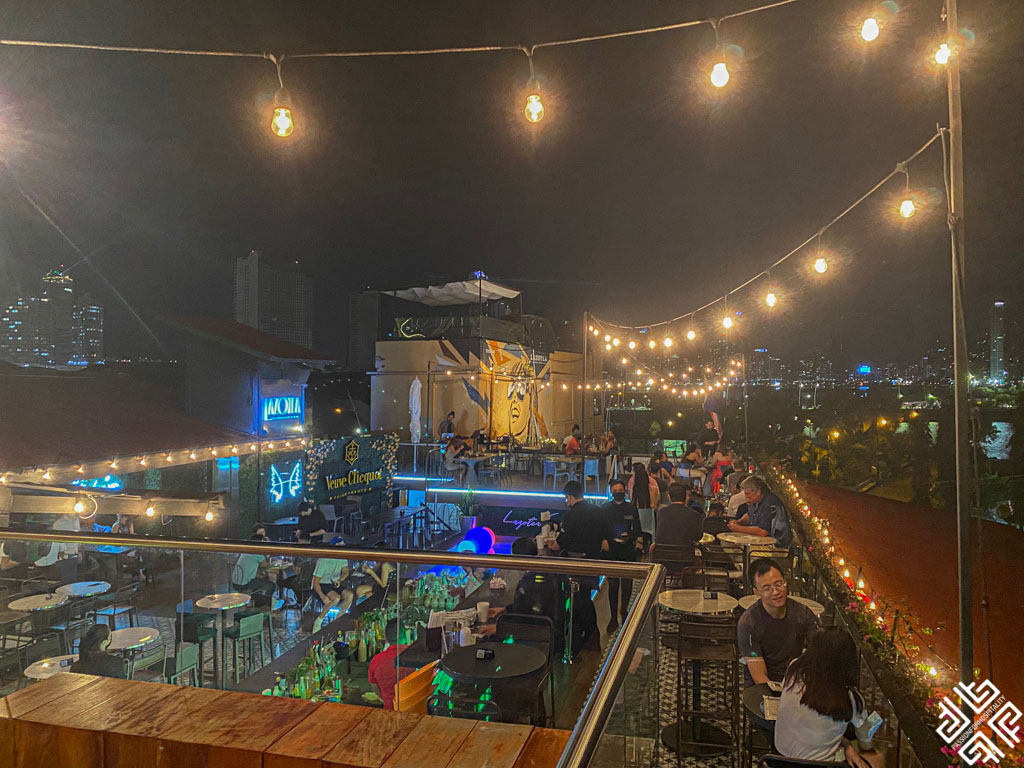
For those who wish to enjoy an evening show and dancing head over to one of the hotels at the Business District Downtown.
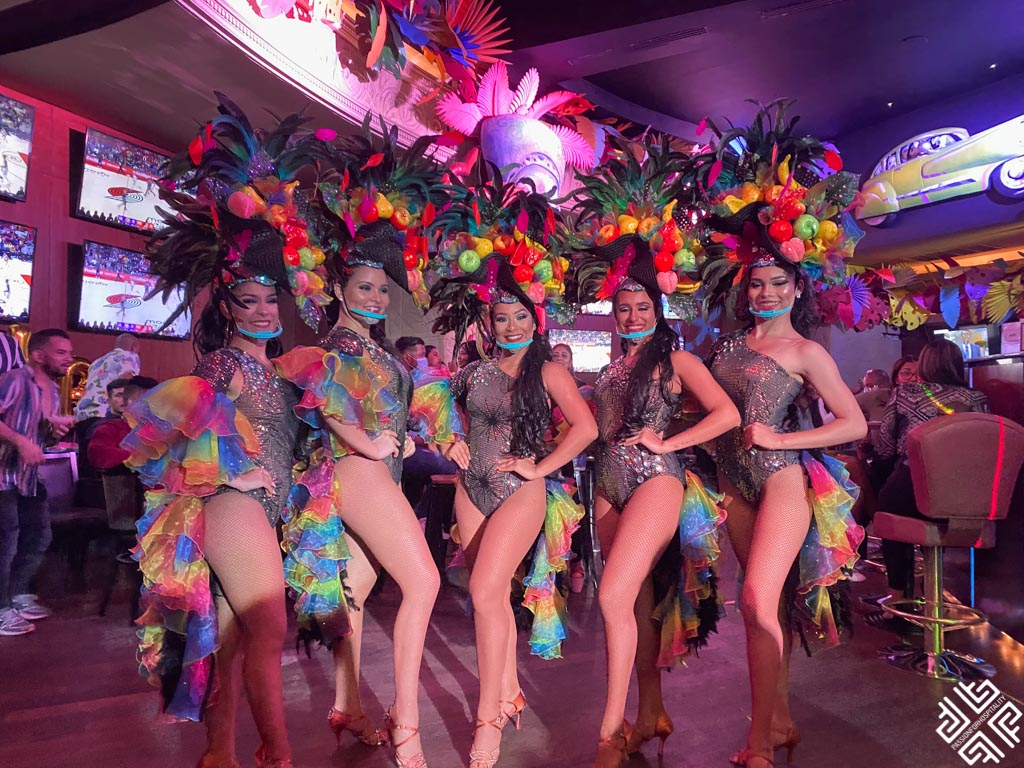
Things to know when traveling to Panama
Unpredictable weather: Panama has a Tropical Monsoon climate and has two main seasons, the dry season which stretches from December to April and the rainy season that lasts from May to November. It can rain at any time of day and all of a sudden, so when traveling to Panama make sure you pack a raincoat and a waterproof bag to keep you personal belongings dry.
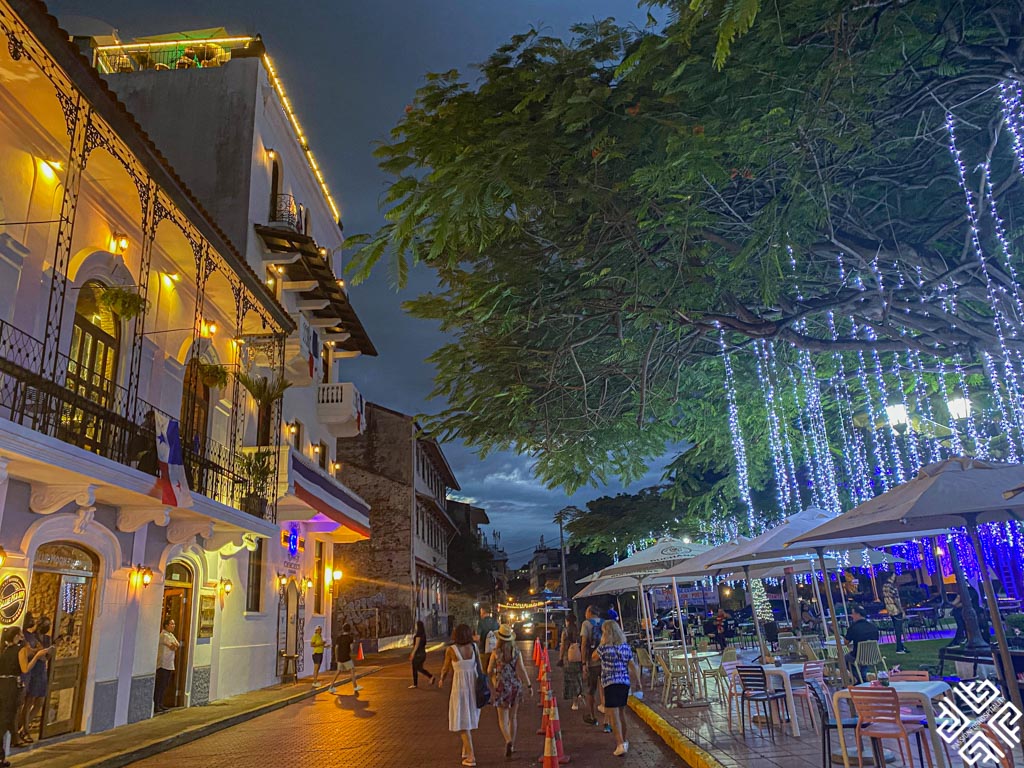
Dangerous districts: El Chorrilo which lies between the Amador Causeway and Casco Viejo is a neighbourhood you will definitely have to avoid at all cost. The Casco Viejo is generally a safe area during the day, but it is recommended not to go out alone later in the night unless you are with a larger group.
Taking taxis: Make sure to ask for the price before getting into the taxi. If you don’t speak Spanish try to Google it on your phone. By asking for the price you will avoid being tricked into paying more.
Where to Stay in Panama City
Panama City is divided into many exciting neighbourhoods and offers a wide range of accommodation for all tastes and budgets. For first time visitors to Panama City, Casco Viejo is one of the best areas to stay in as it is right in the heart of the city’s major cultural attractions. The Business District of Panama City is also a convenient location with many international chain hotels.
Global Hotel Panama
This 5 star hotel is located in the heart of Panama City and a short 10 minute drive from the historical Casco Viejo. The hotel features spacious guest rooms equipped with modern facilities. There is an outdoor pool and fitness centre available at the property. For availability and rates click here.
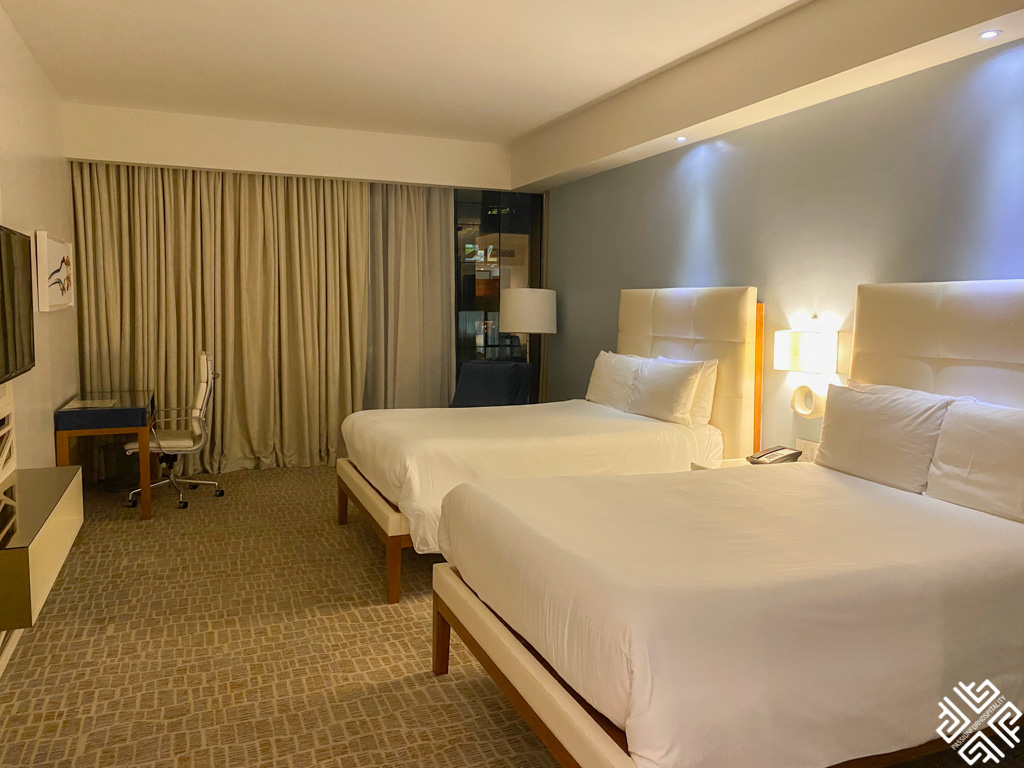
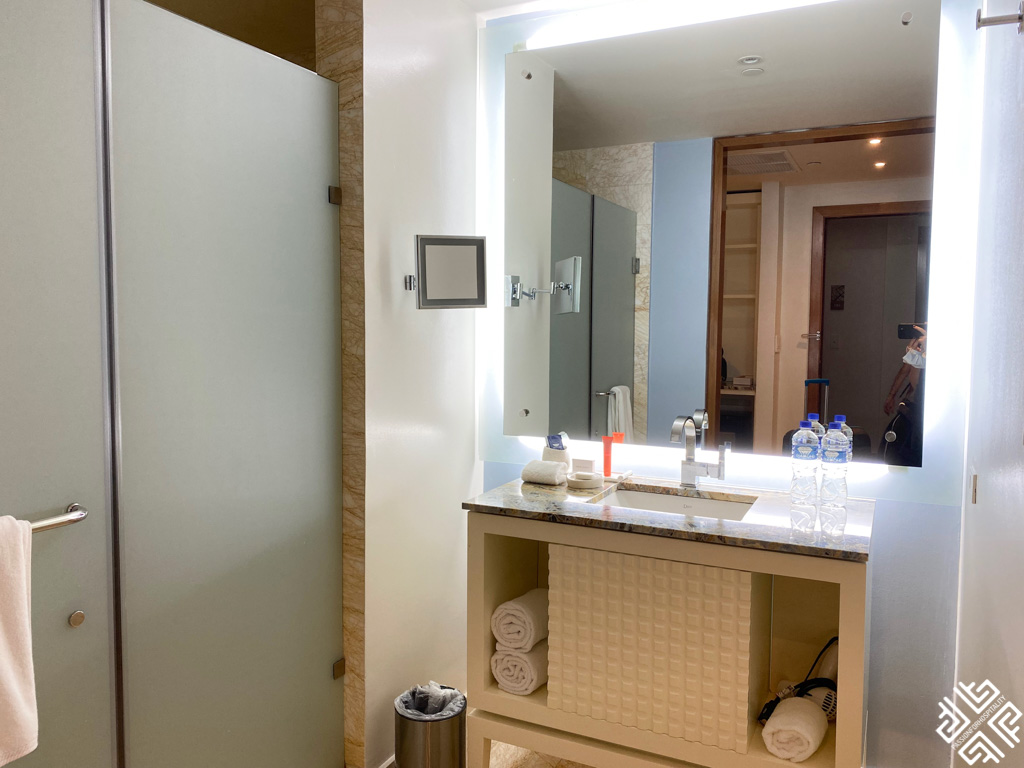
Central Hotel Panama Casco Viejo
Central Hotel Panama enjoys a prime location in the historic center of Panama City, a mere 200 m from Presidential Palace. The hotel facilities feature a sauna and fitness center, as well as a restaurant. For availability and rates click here.
Las Clementinas
Located conveniently in Casco Viejo just a mere 350 m from Plaza de la Independencia square. Las Clementinas offers spacious accommodation with all the necessary amenities for a comfortable stay. For availability and rates click here.
You might also like to check out my post on the Best Places To Visit At Bocas Del Toro
PIN FOR LATER!
